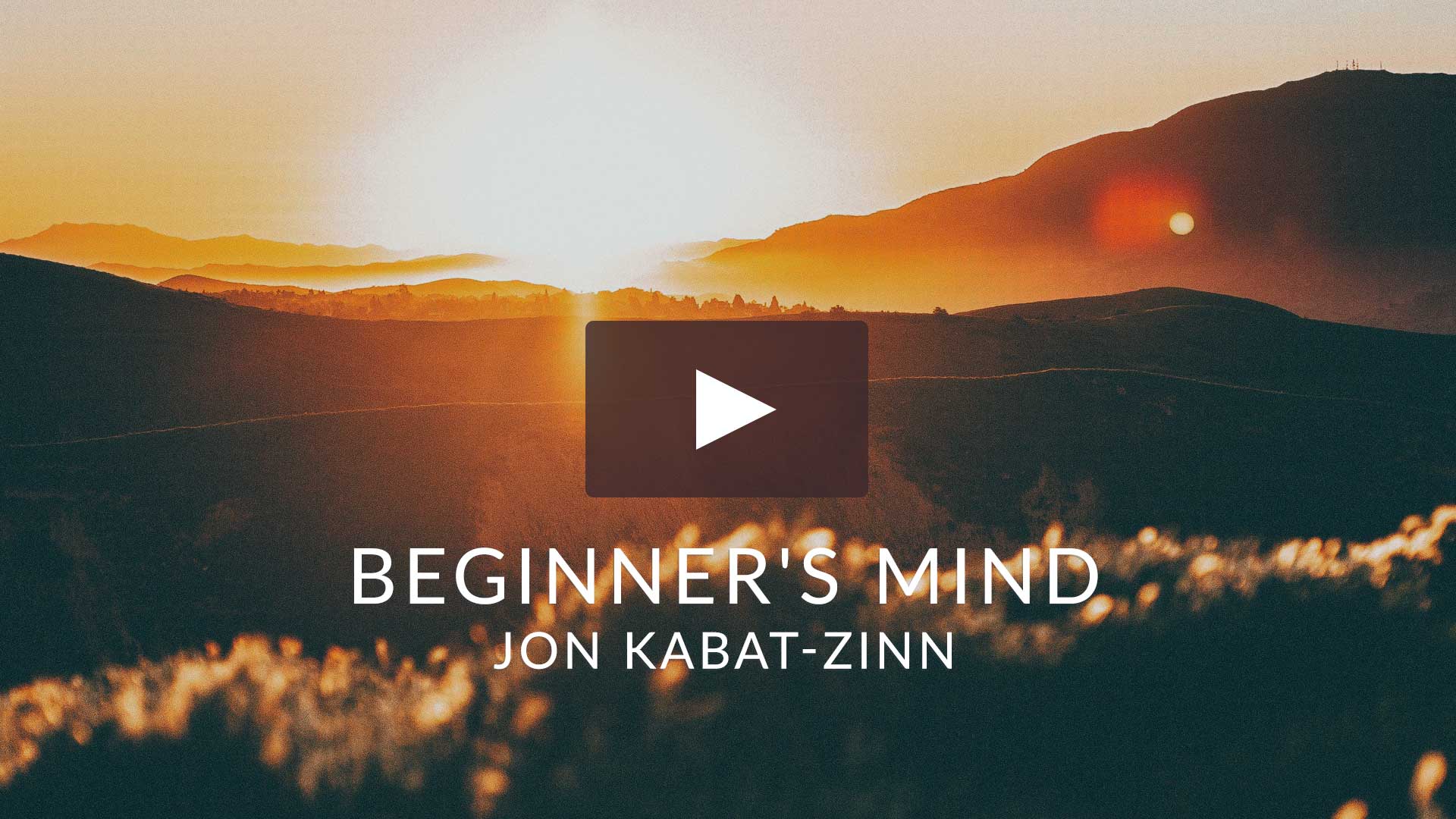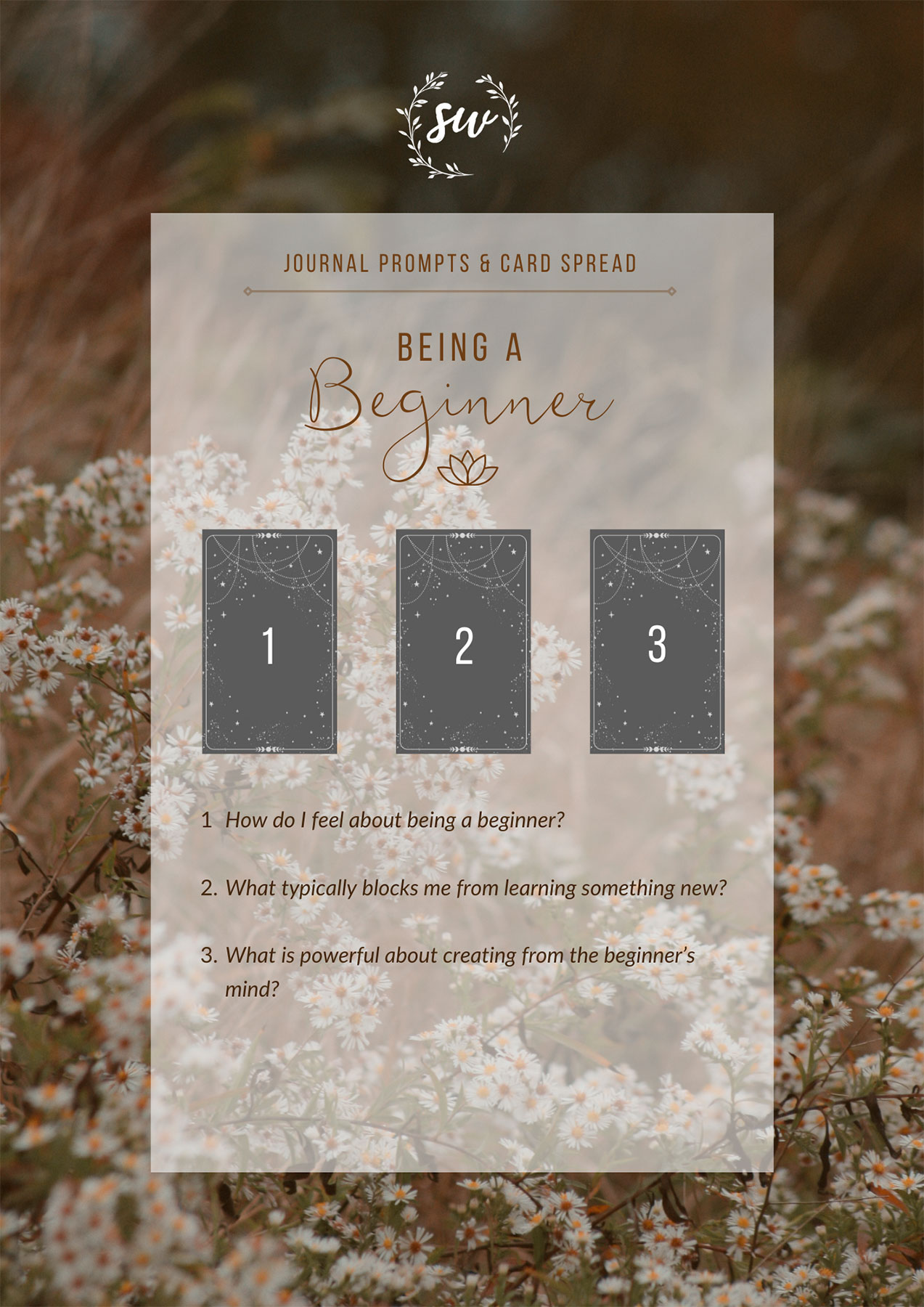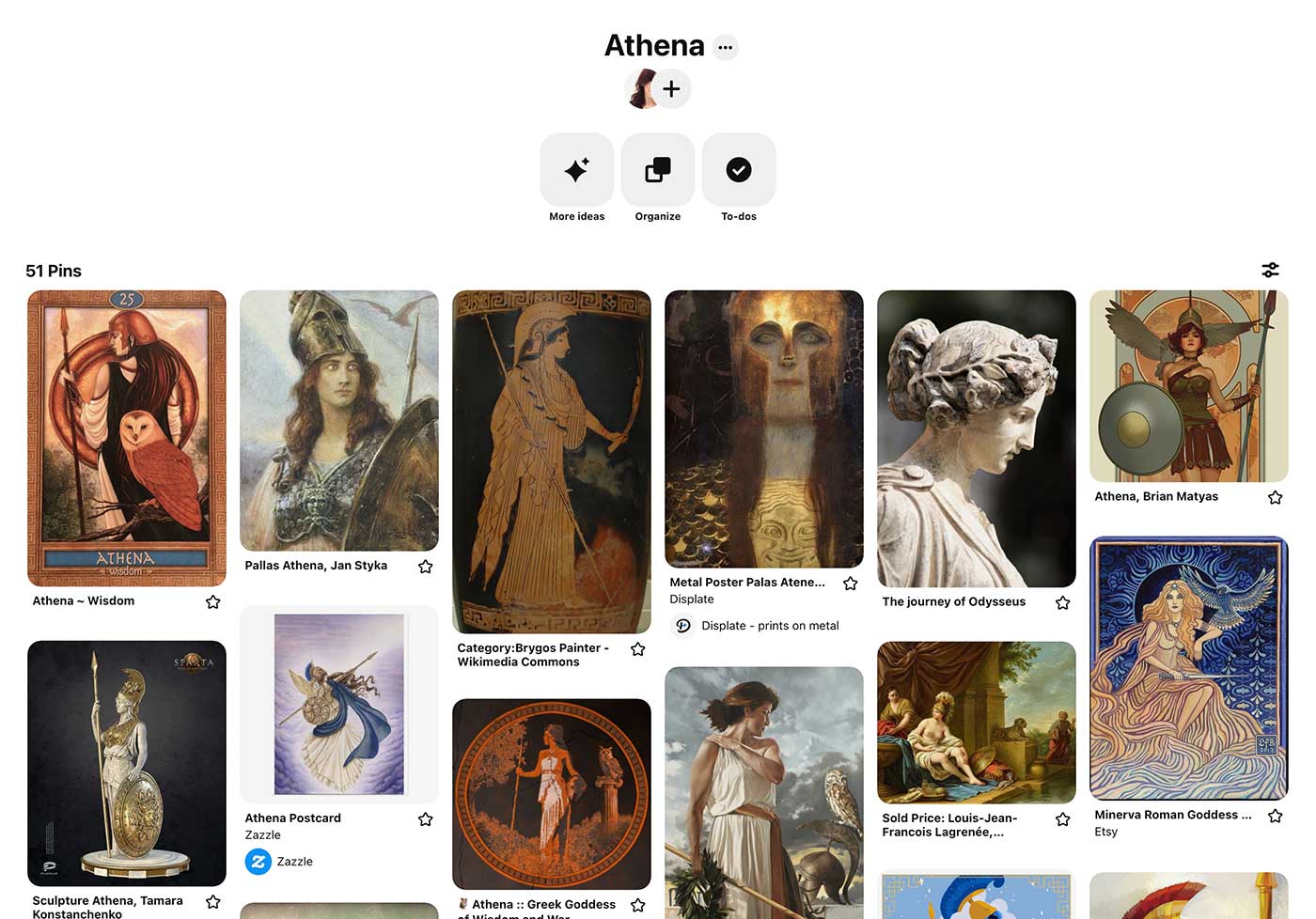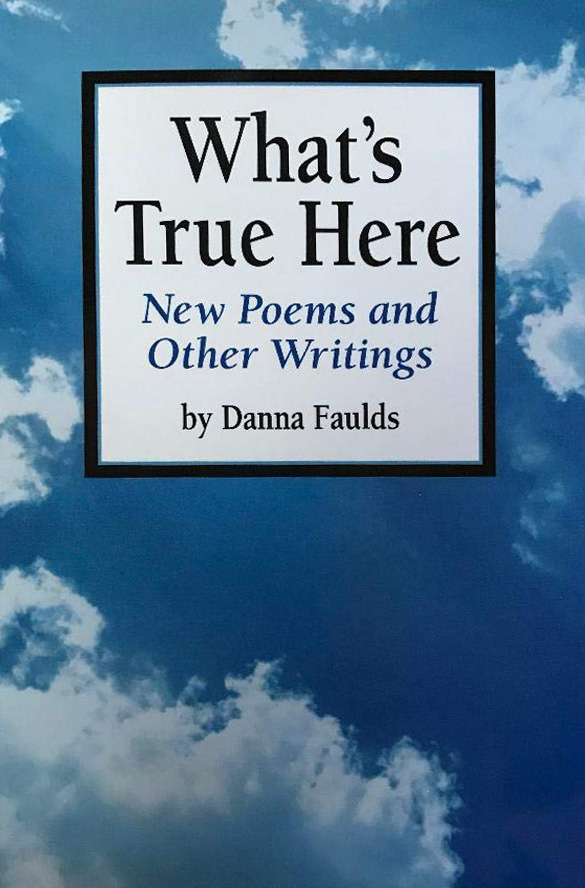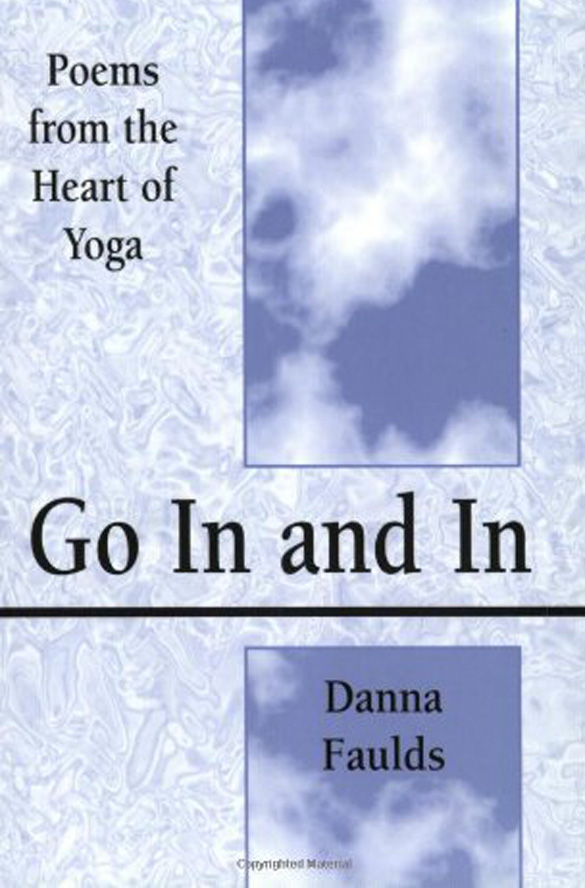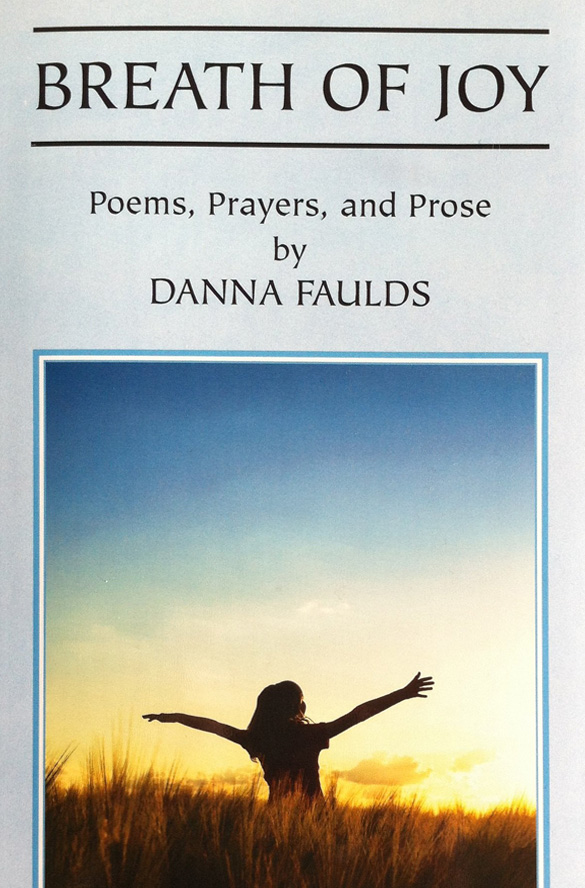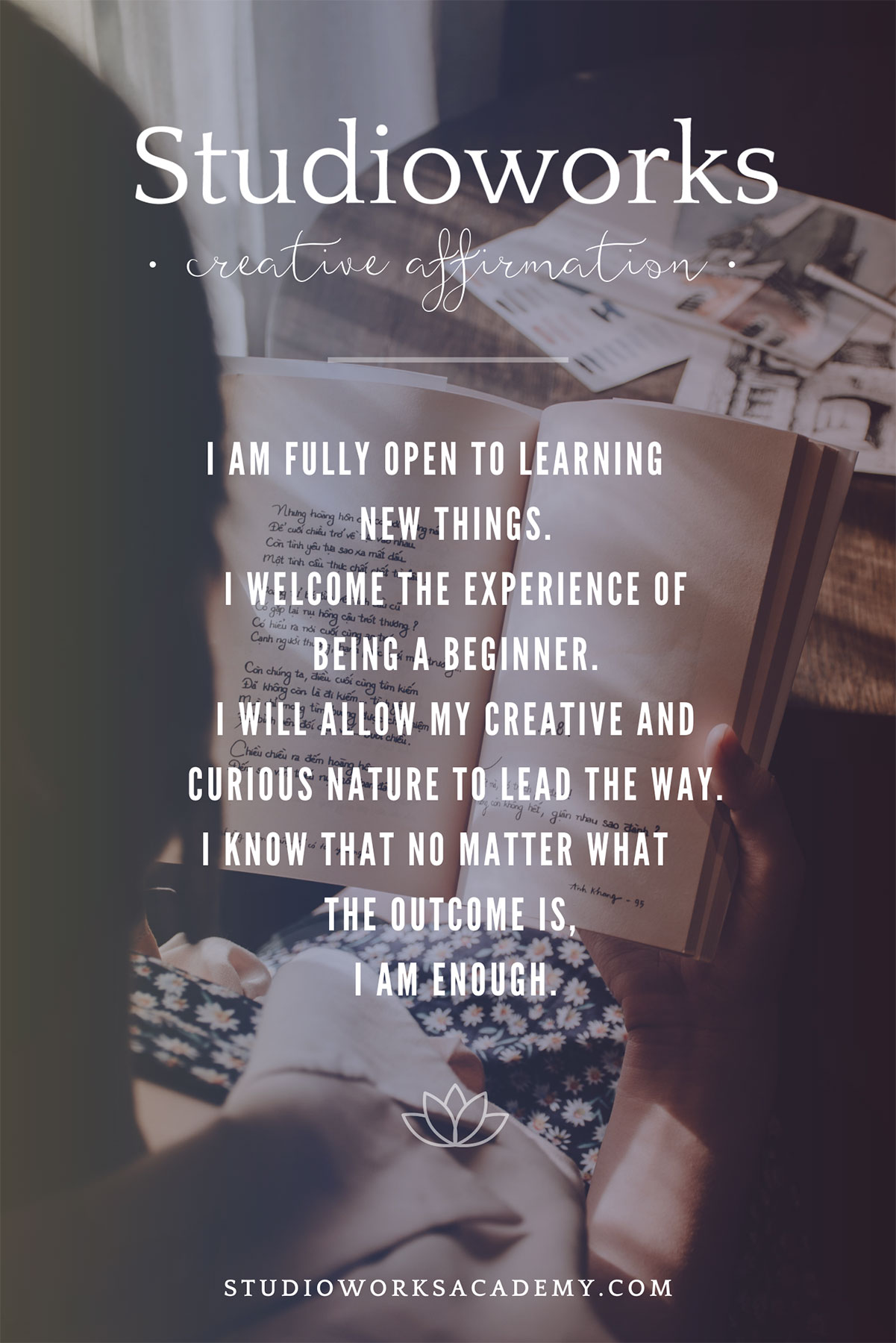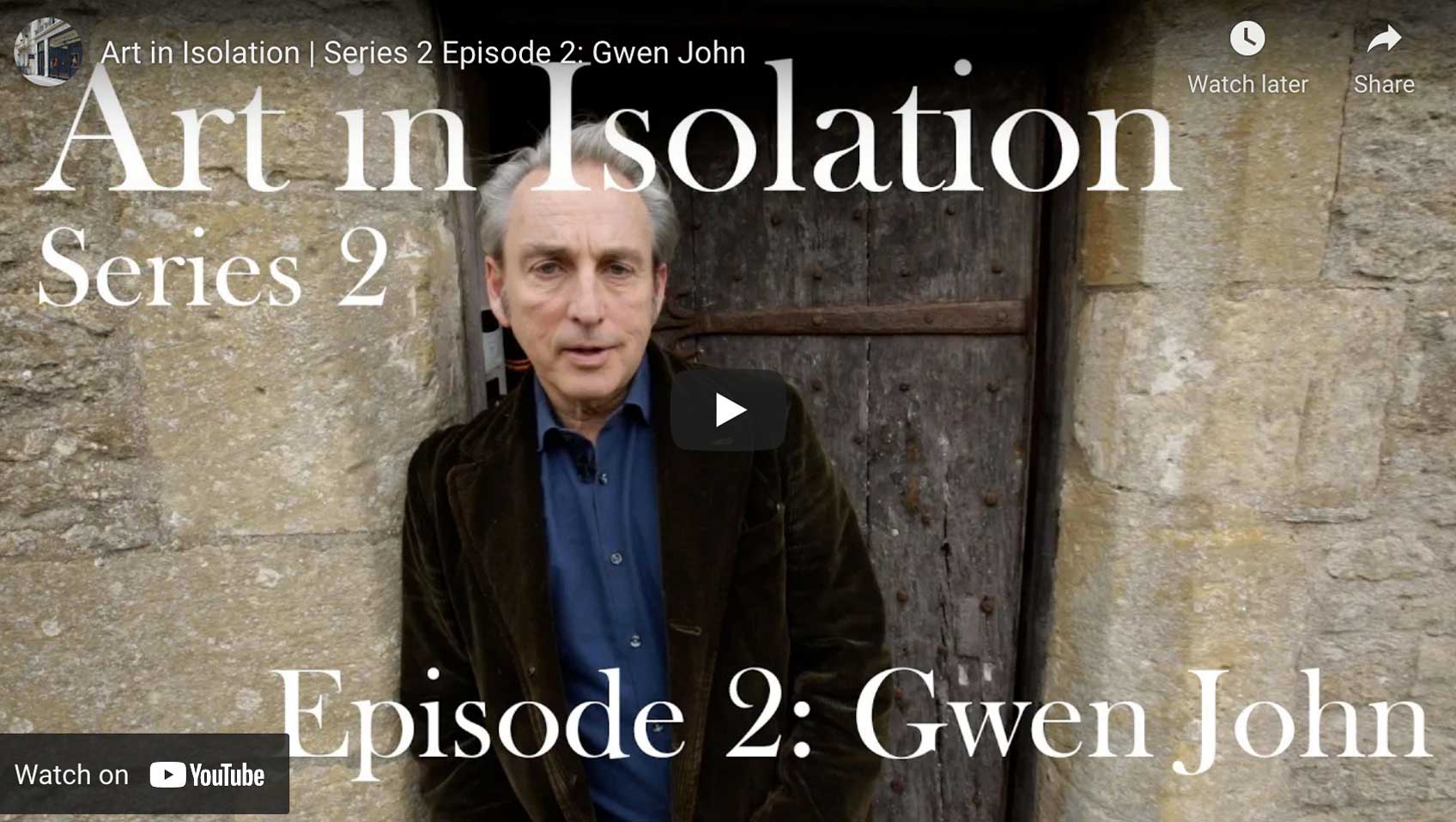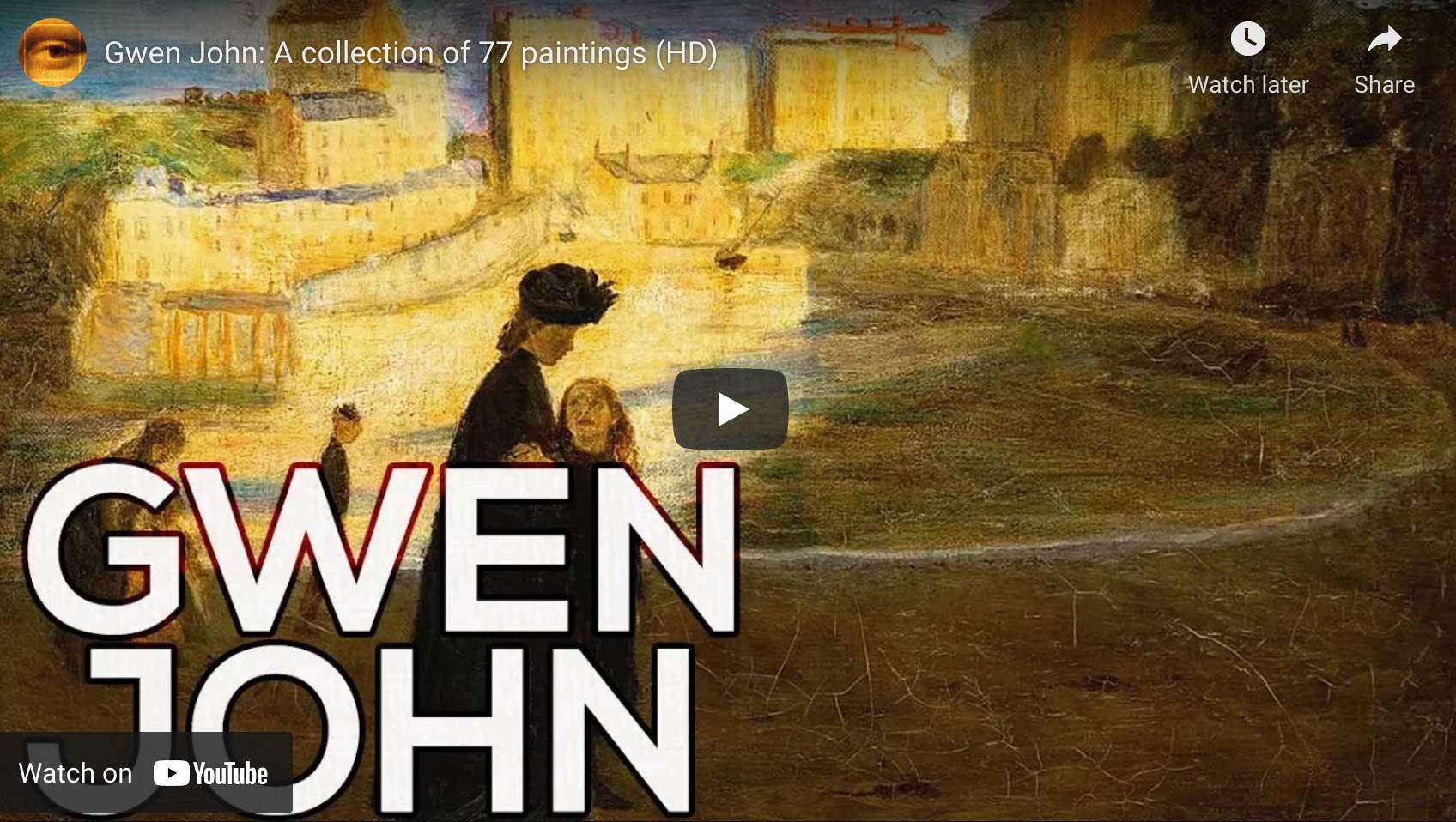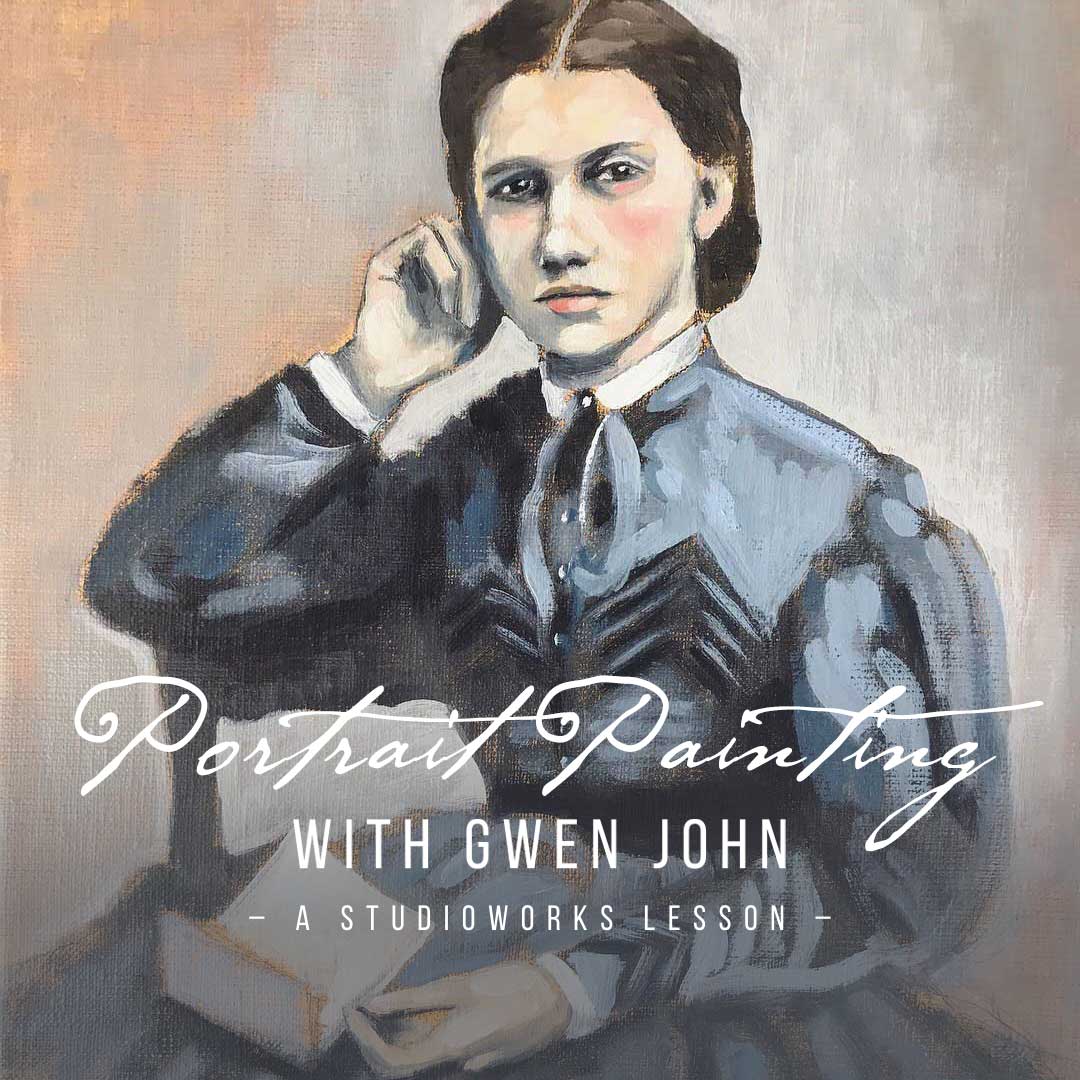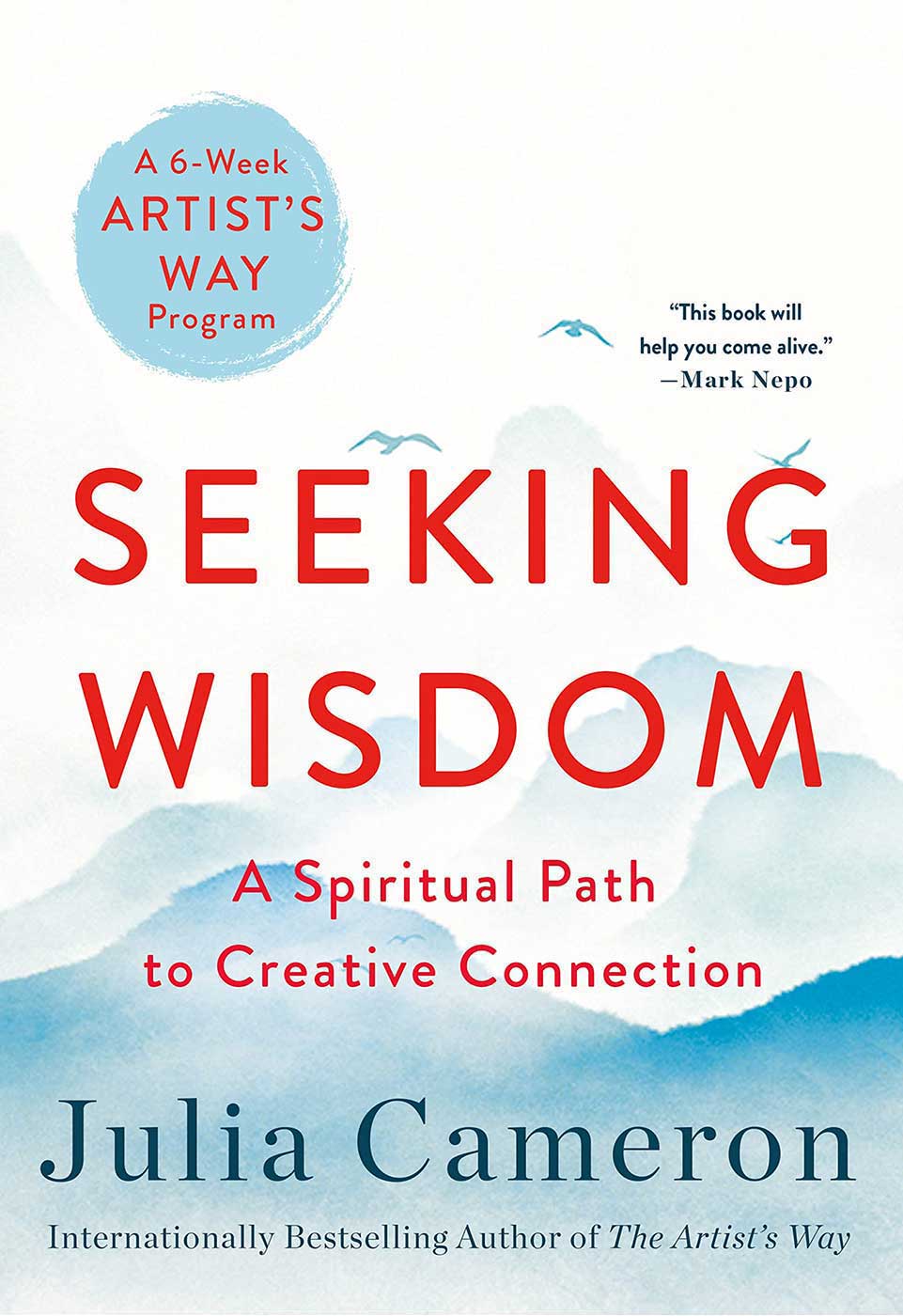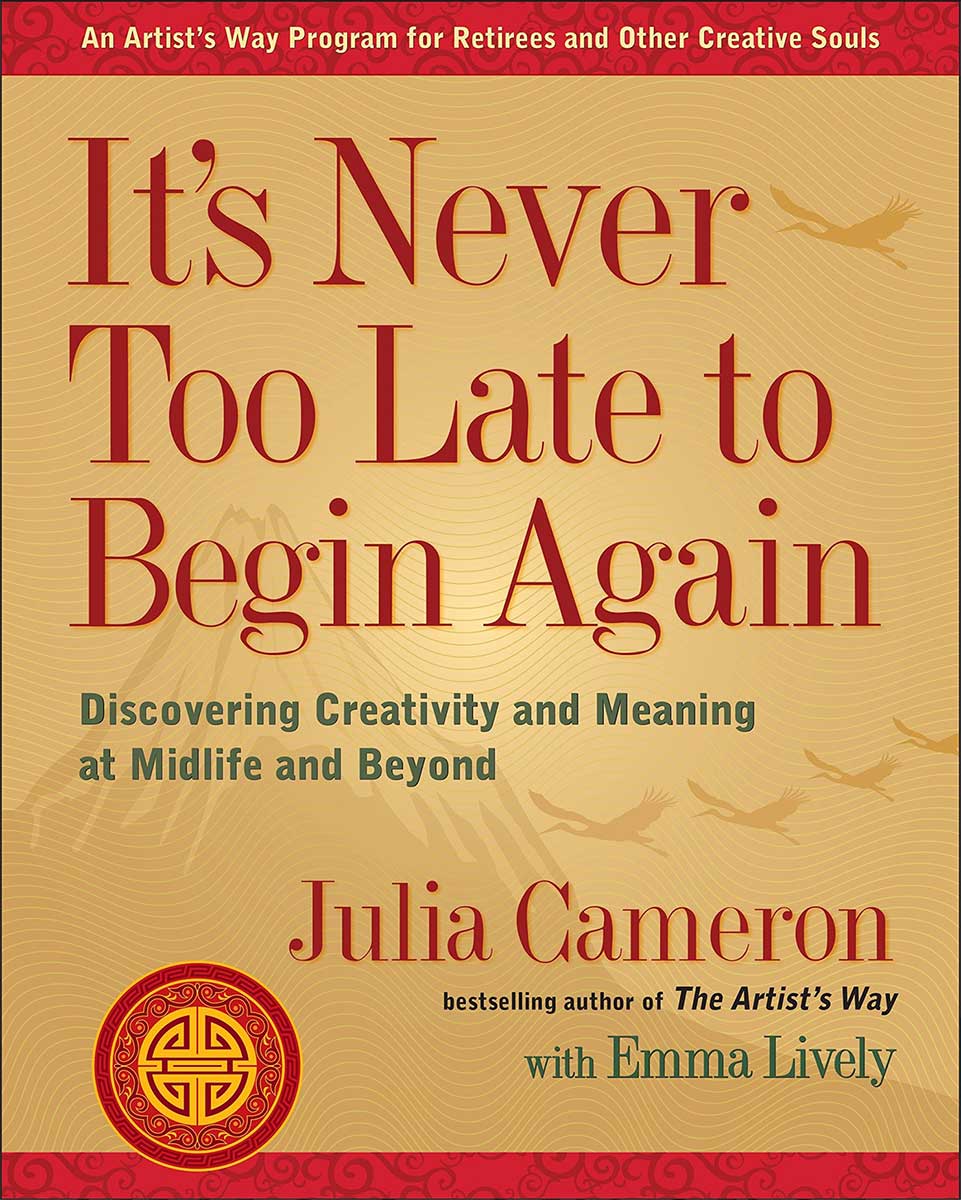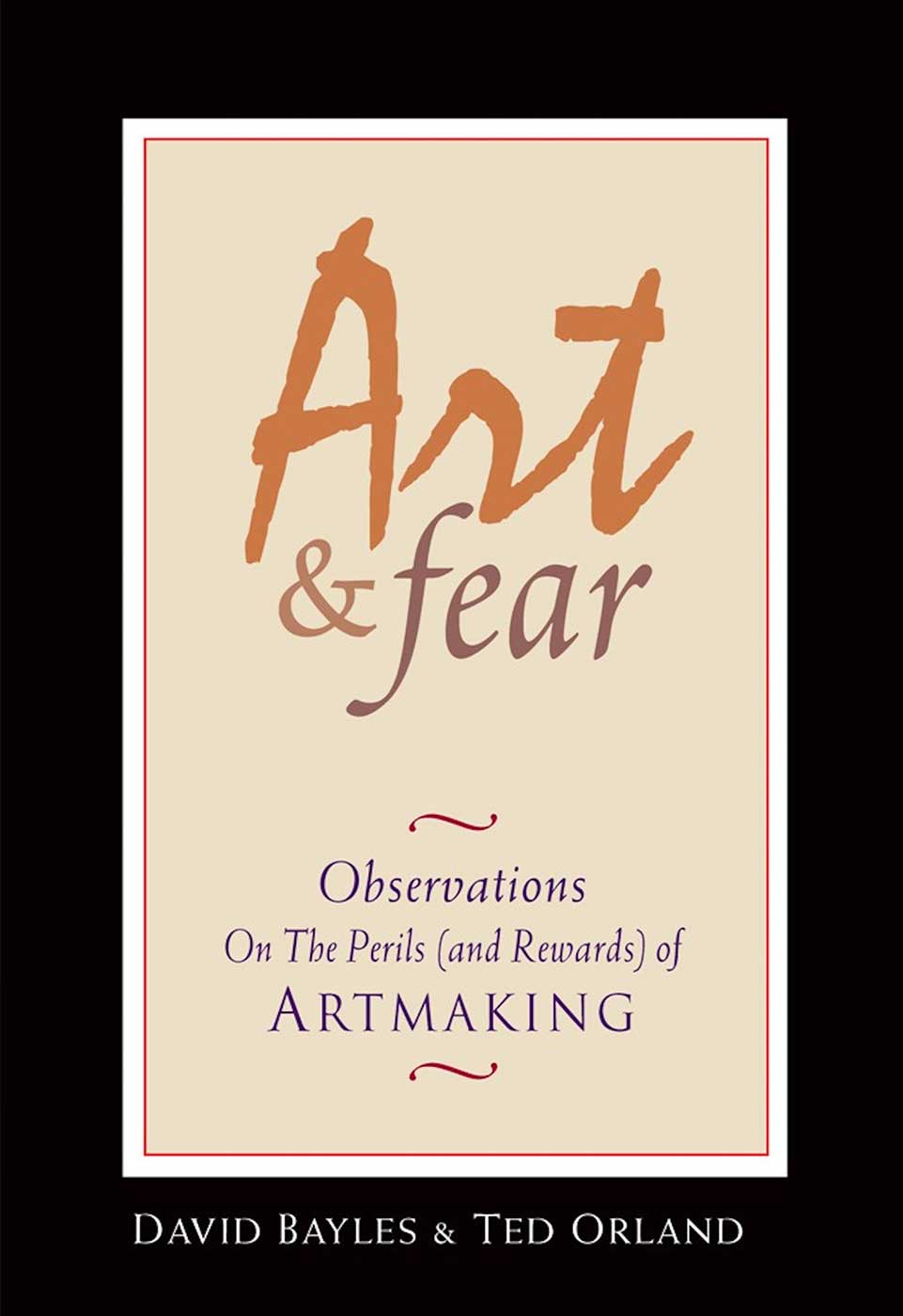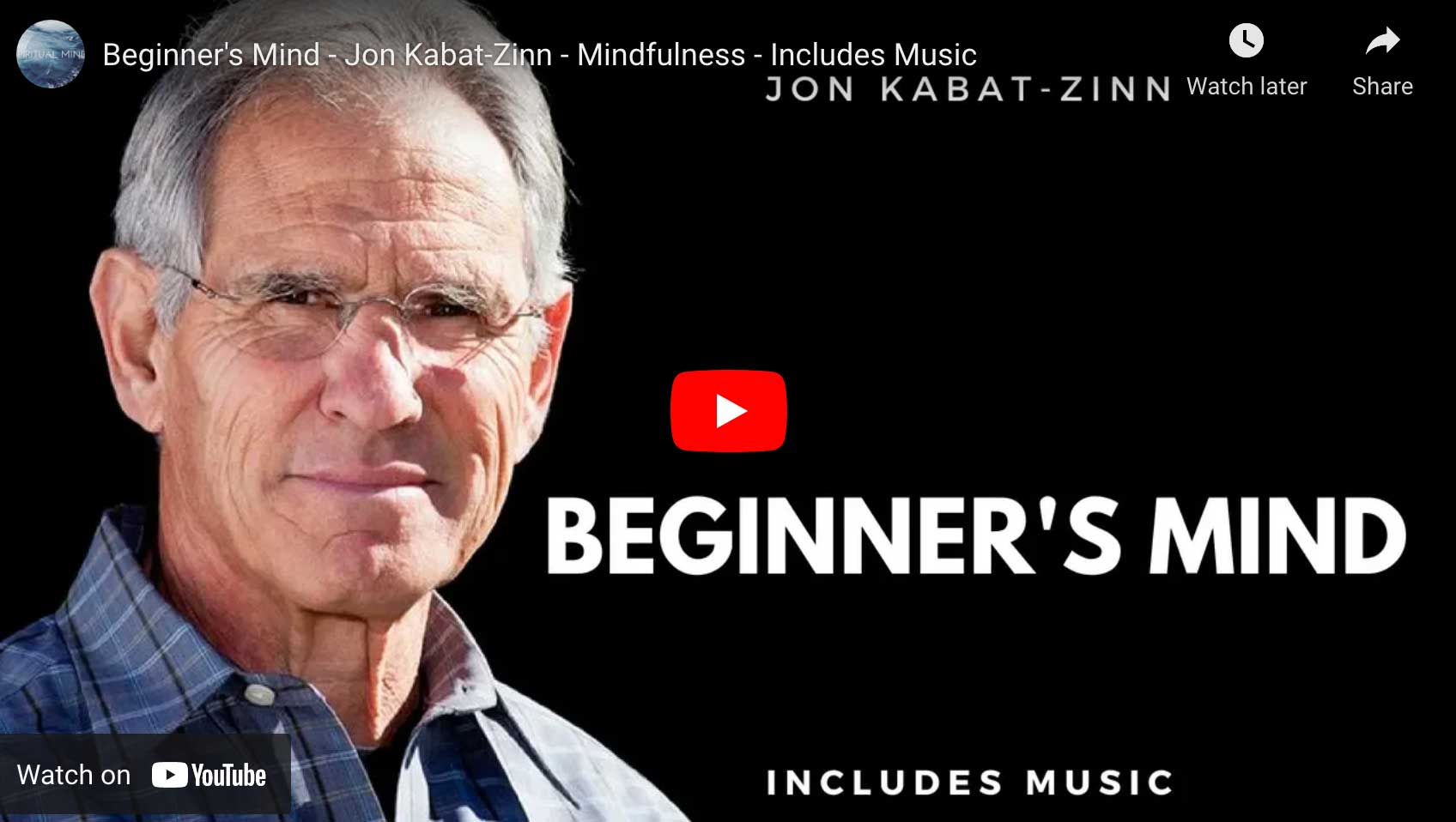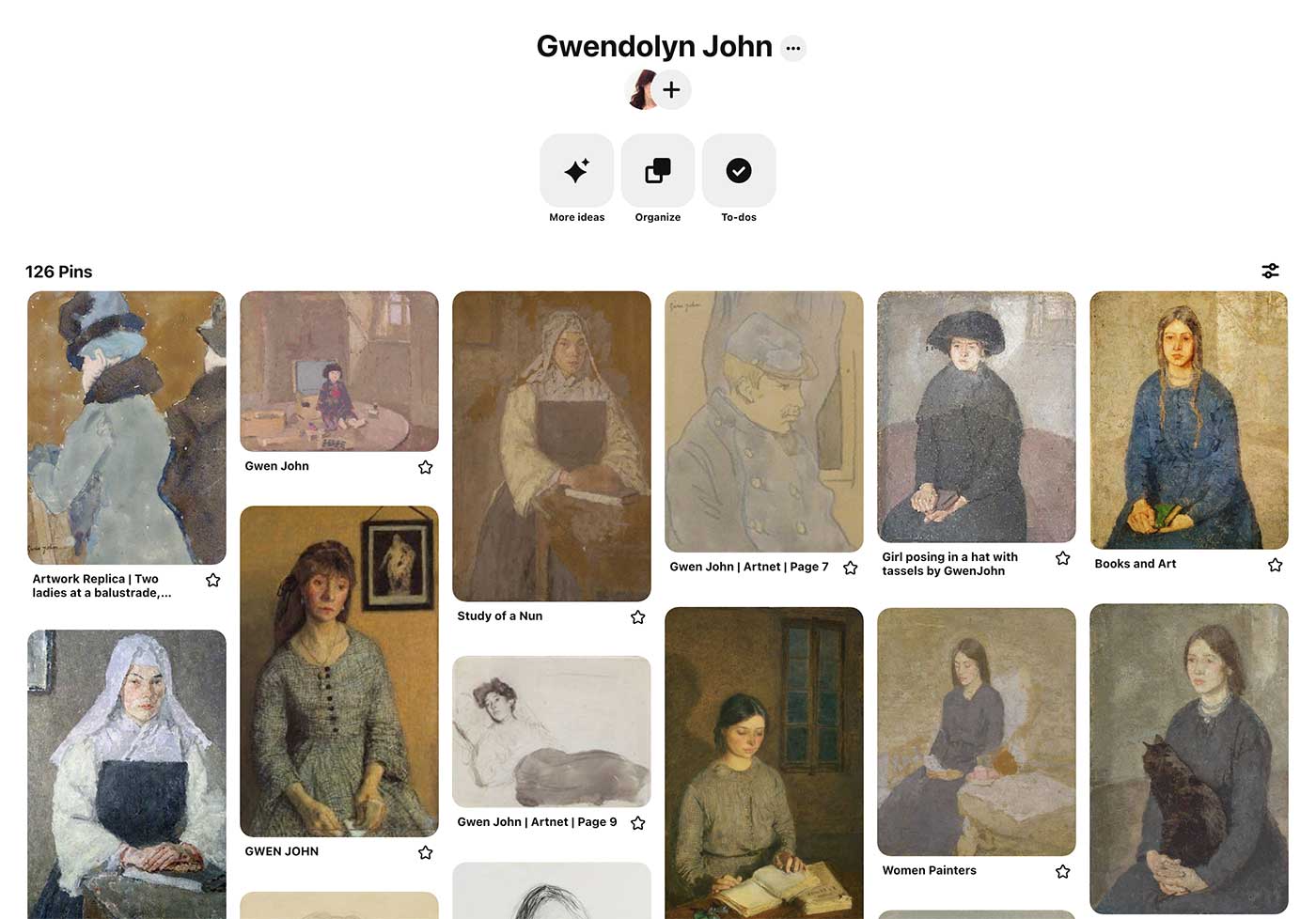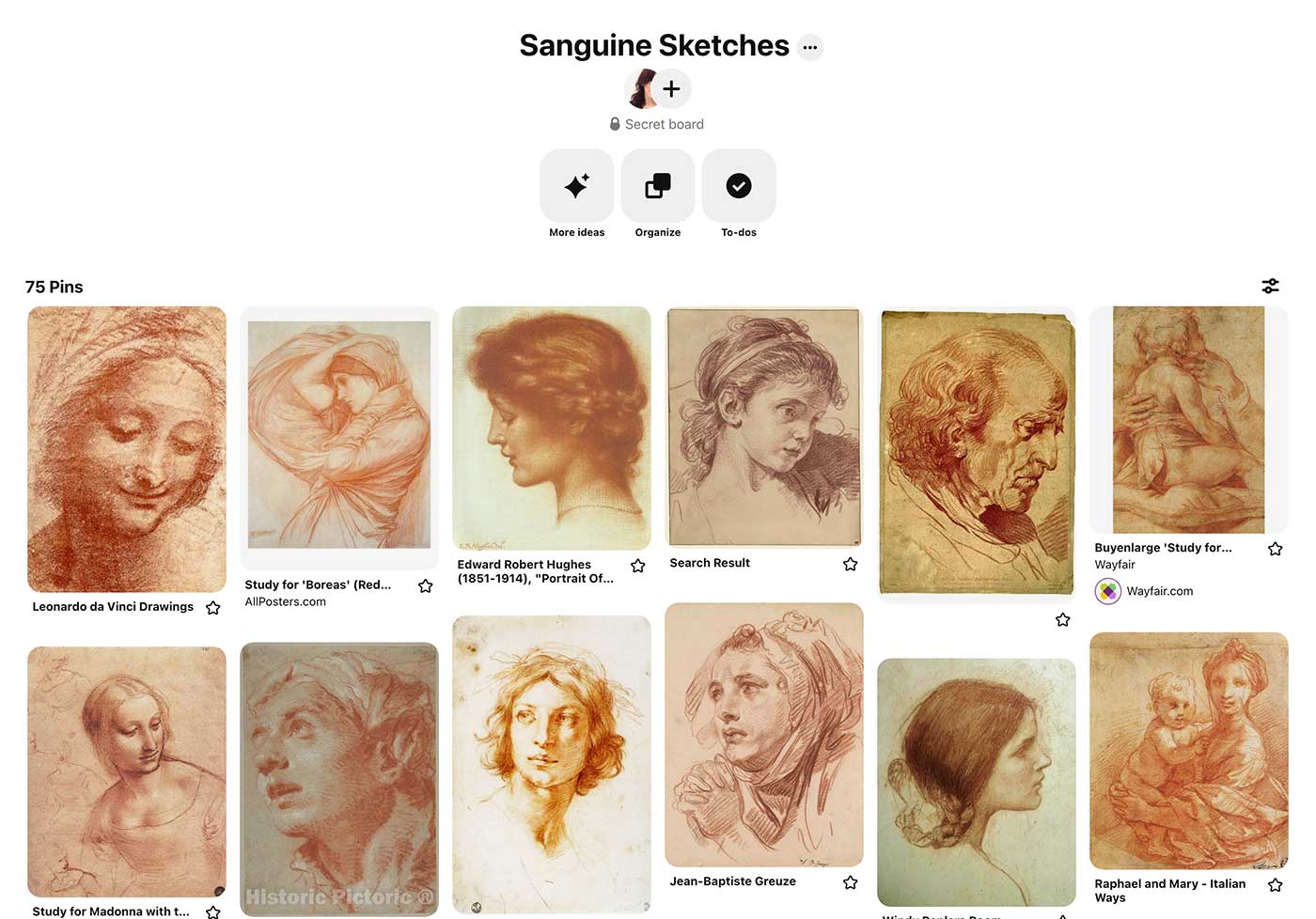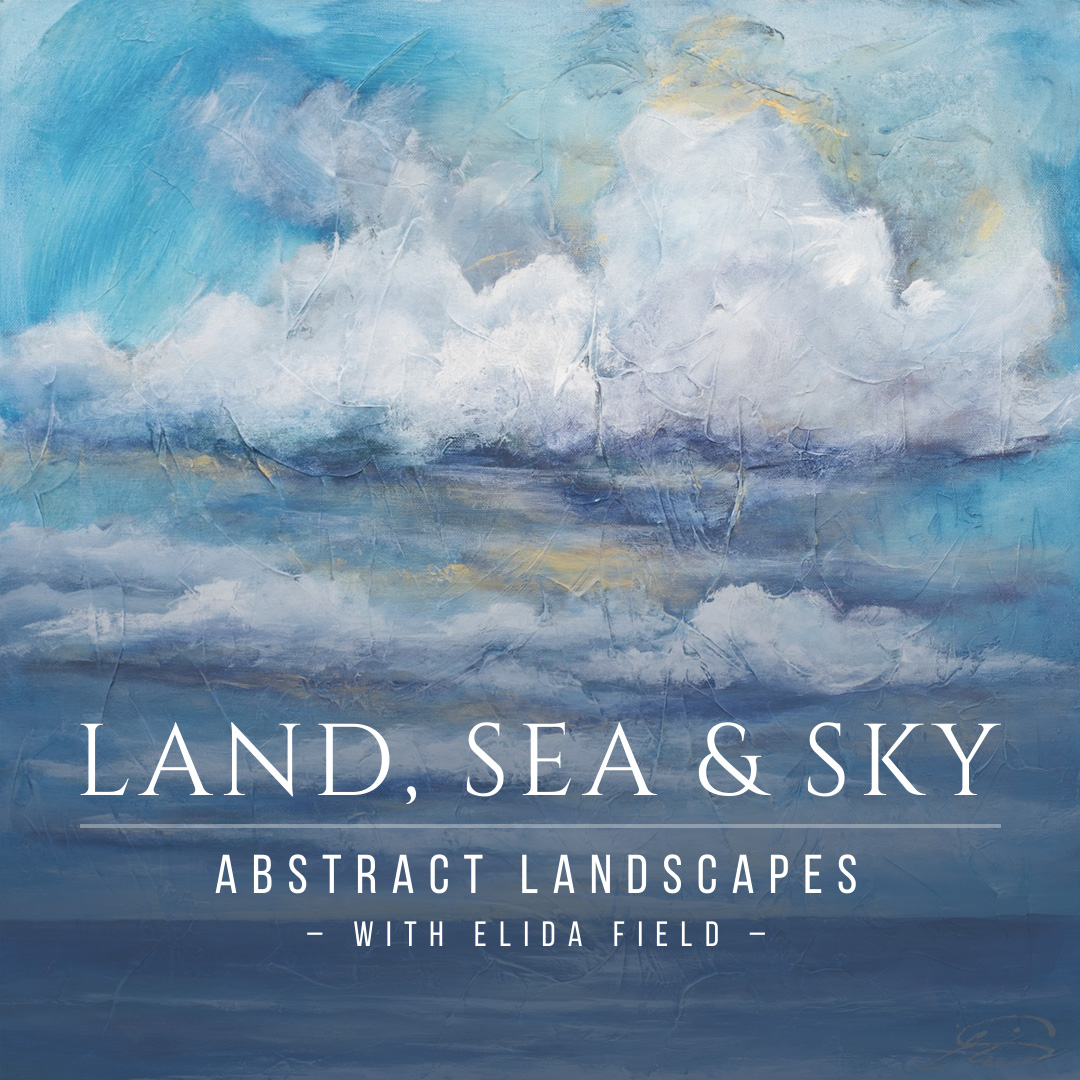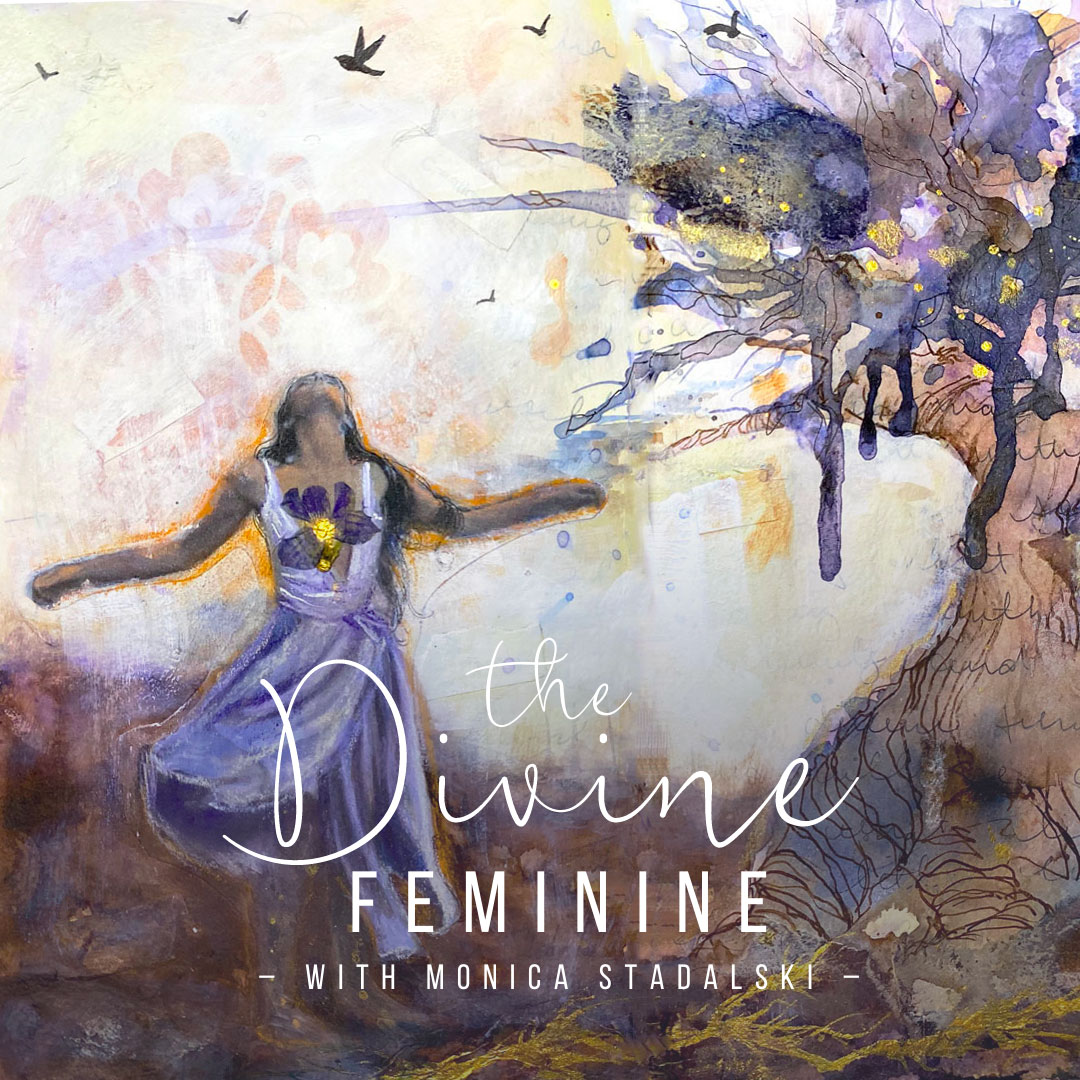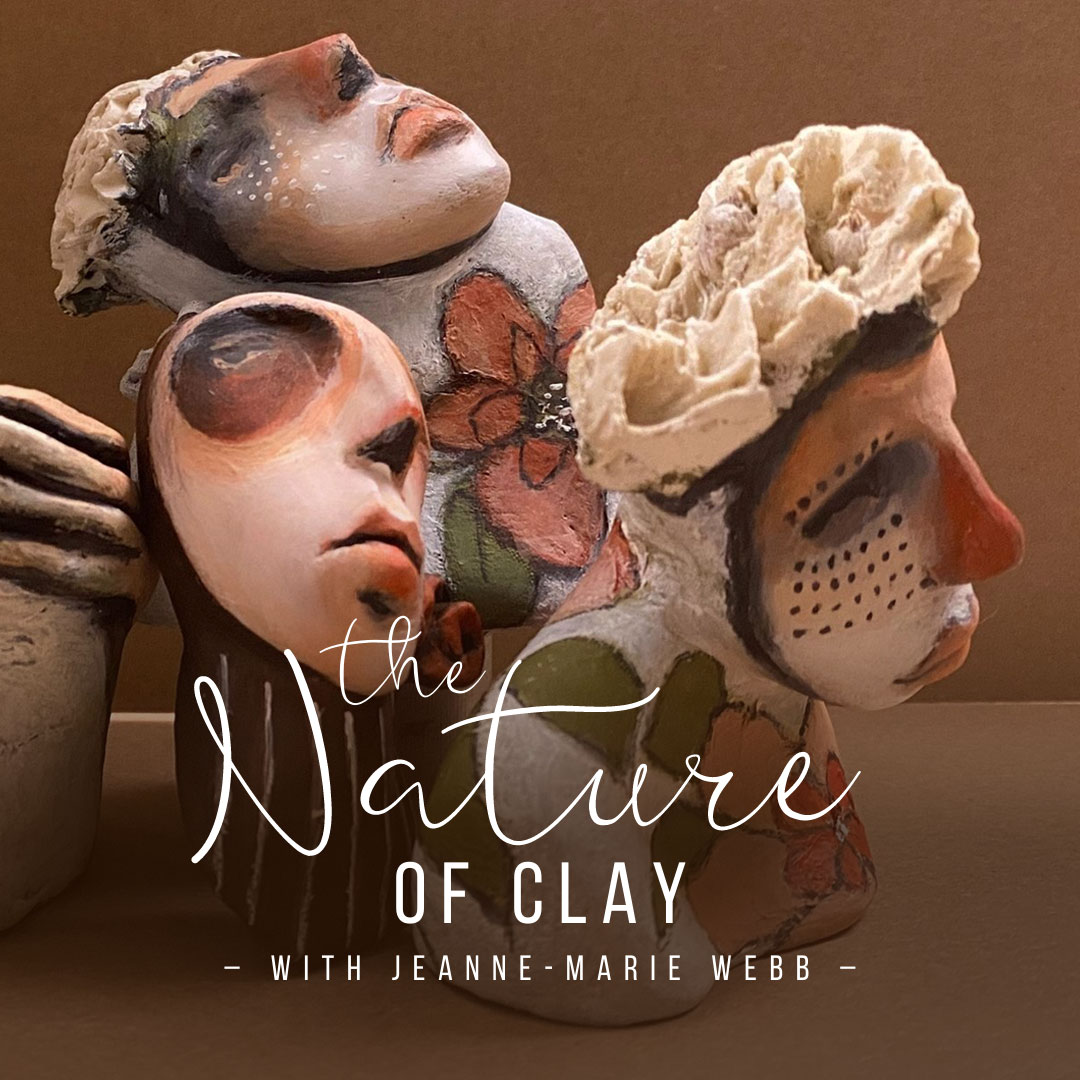IVY NEWPORT
Studioworks
Journal
a letter from ivy
Dear creative friends,
Welcome to Issue #40 of the Studioworks Journal! As always, I’m delighted you are here with me and I’m excited to share this with you. So, this month, I found myself called to discuss a topic we haven’t really broached since Issue #1 where we talked about creative discipline and cultivating our practice. I think it’s time to revisit this with a focus on the beginner’s mind, humility and the importance of learning.
I have recently been receiving messages from artists in our community who are disheartened in their attempts to paint or draw – expecting to quickly achieve what they may see in their mind. We have all been guilty of setting unrealistic expectations, so let’s dive into the topic of being a beginner and see what we can uncover. Know that I still consider myself a beginner and I always will. Learning should never cease, expansion should always be desired and humility should never be forgotten.
Let’s begin together.
xo,

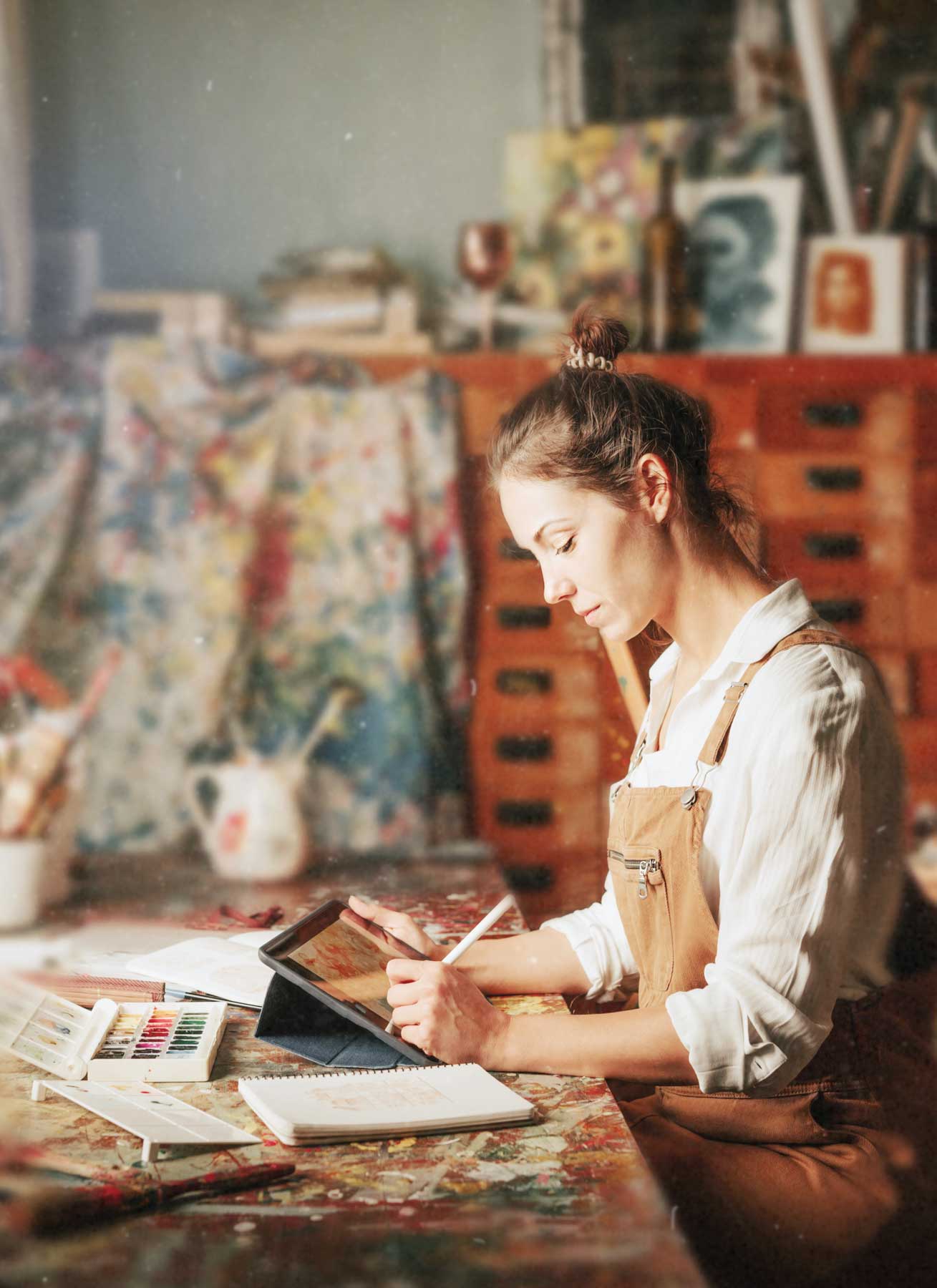
Each issue will invite you to explore your creative practice in whichever way works for you. Experience each issue at your own pace. Take what resonates with you and put the rest aside for another time.
Grab a cup of something lovely and dive in.
in this issue…
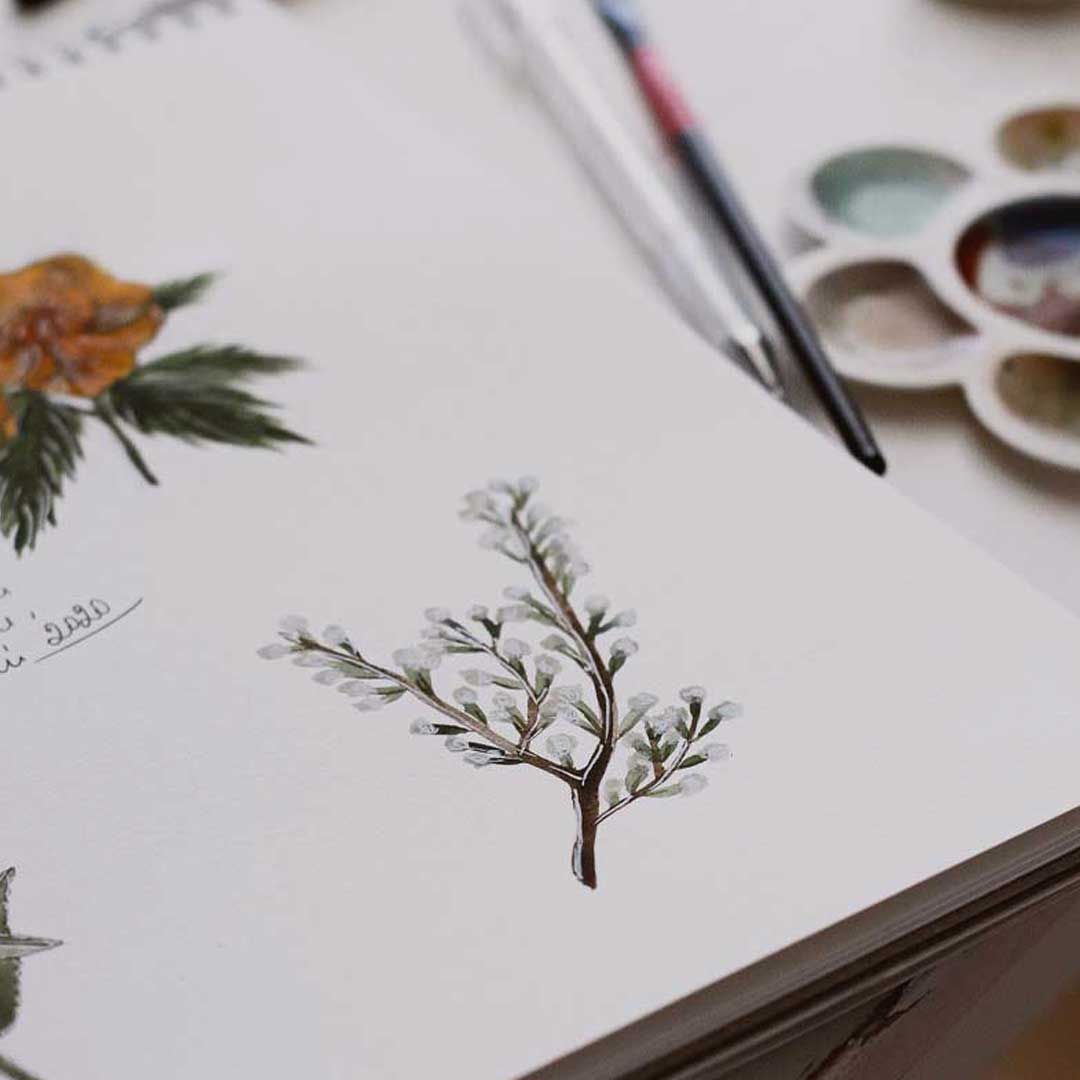
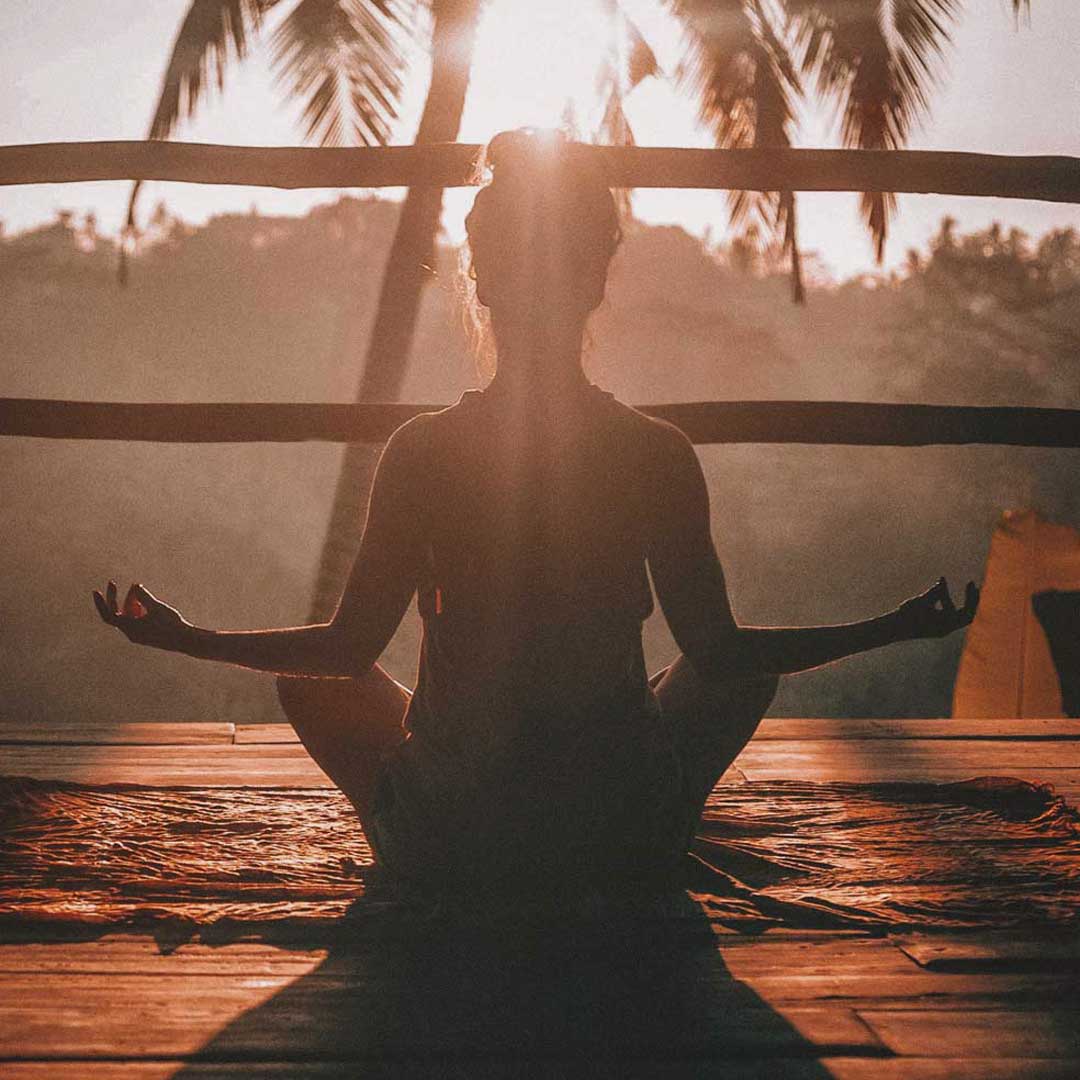
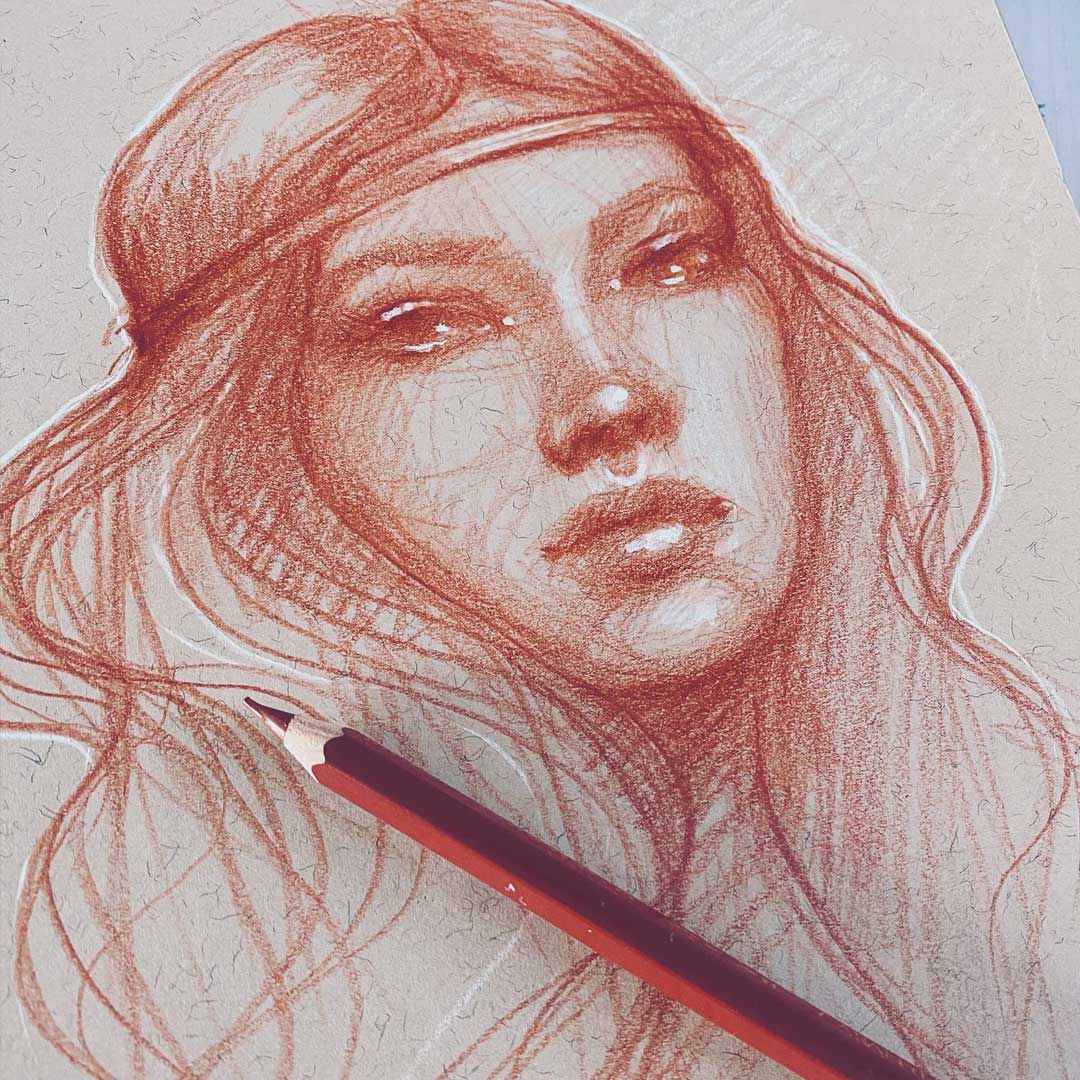
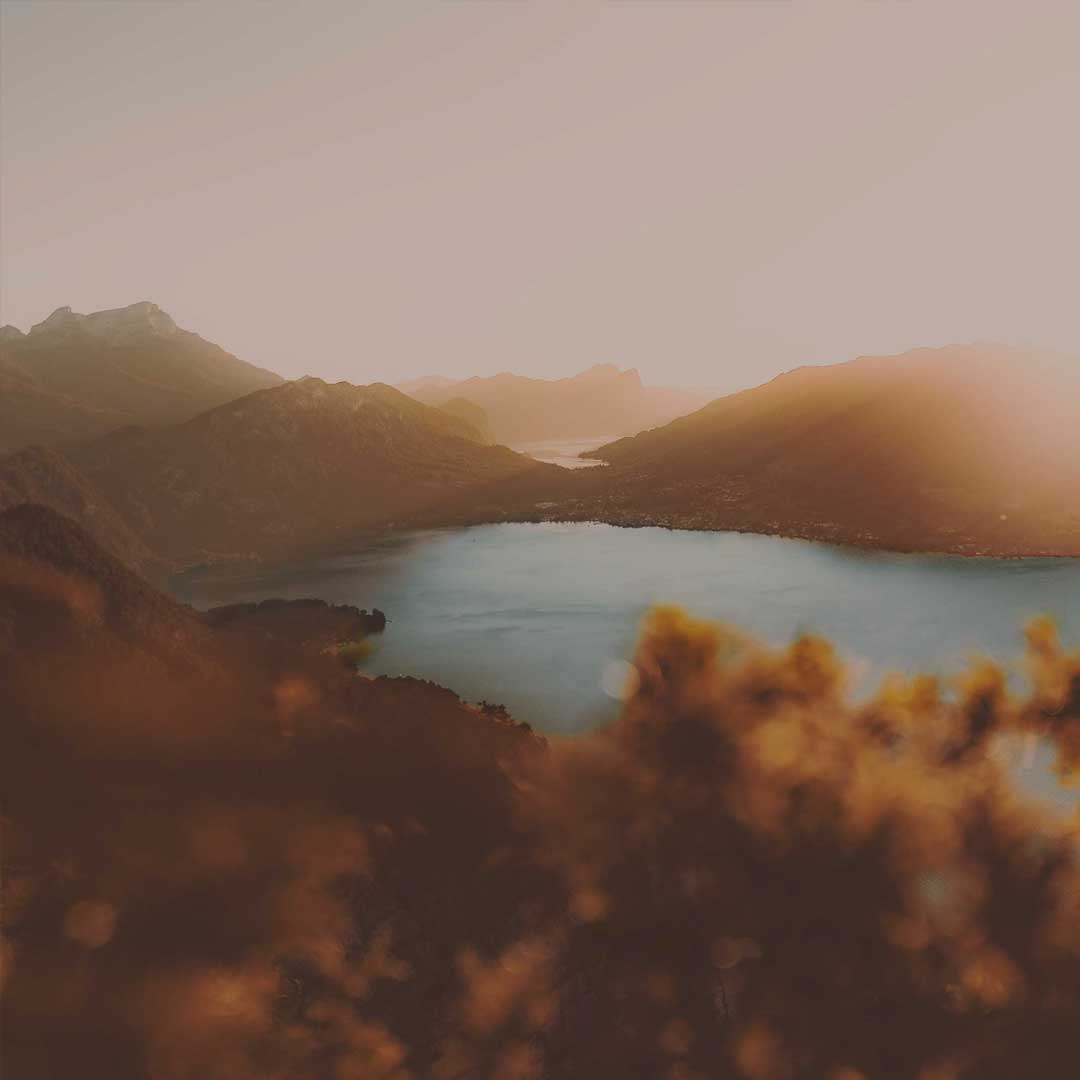
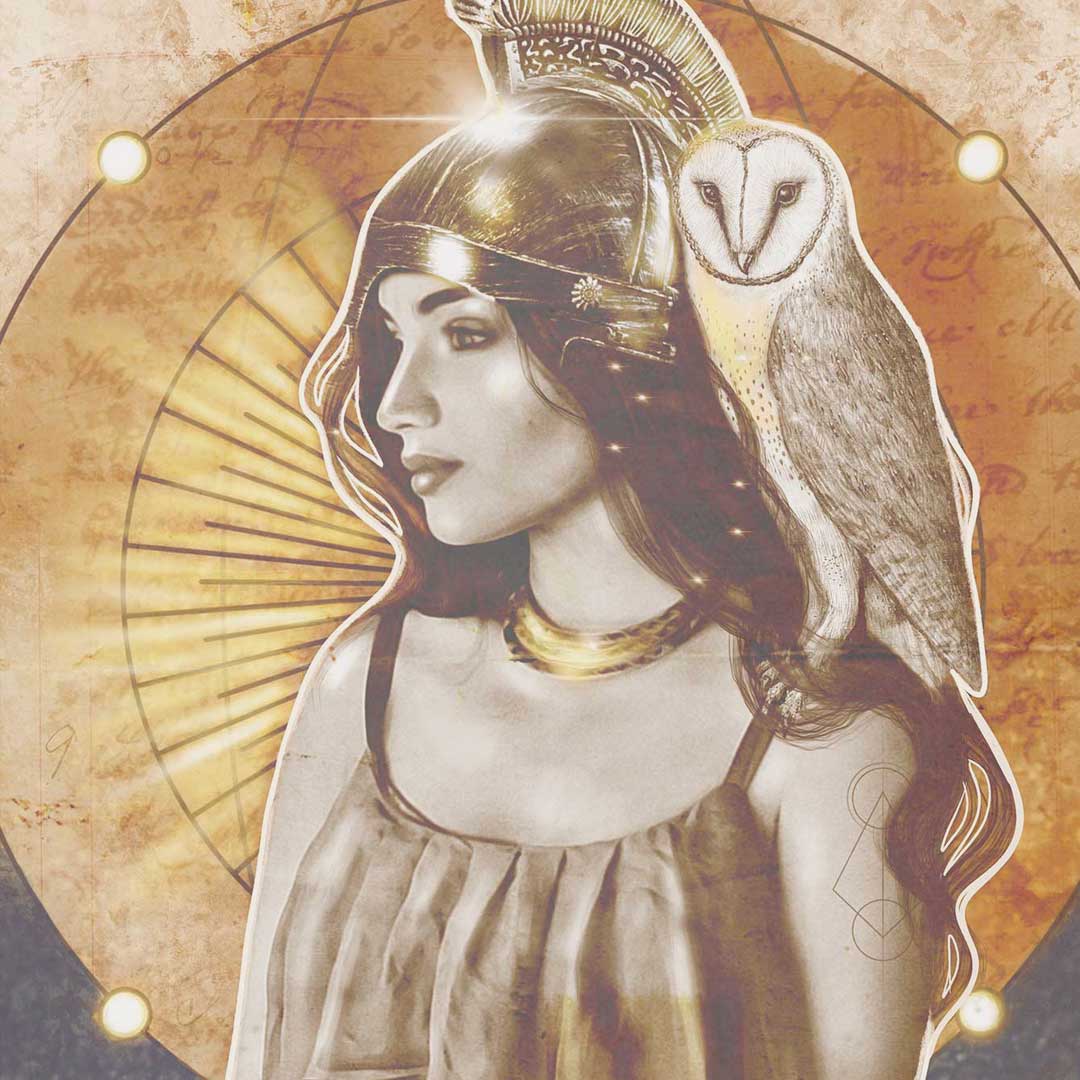
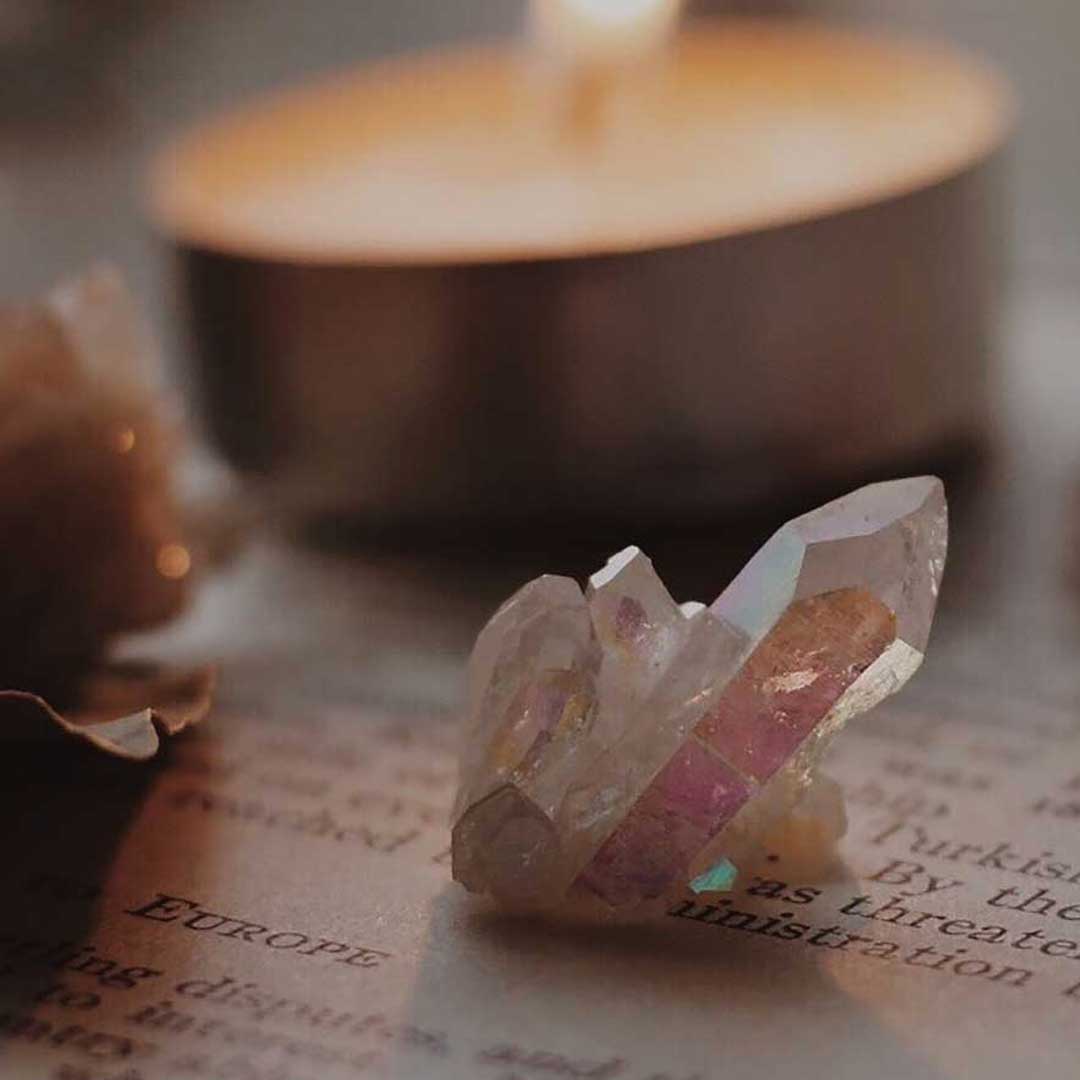
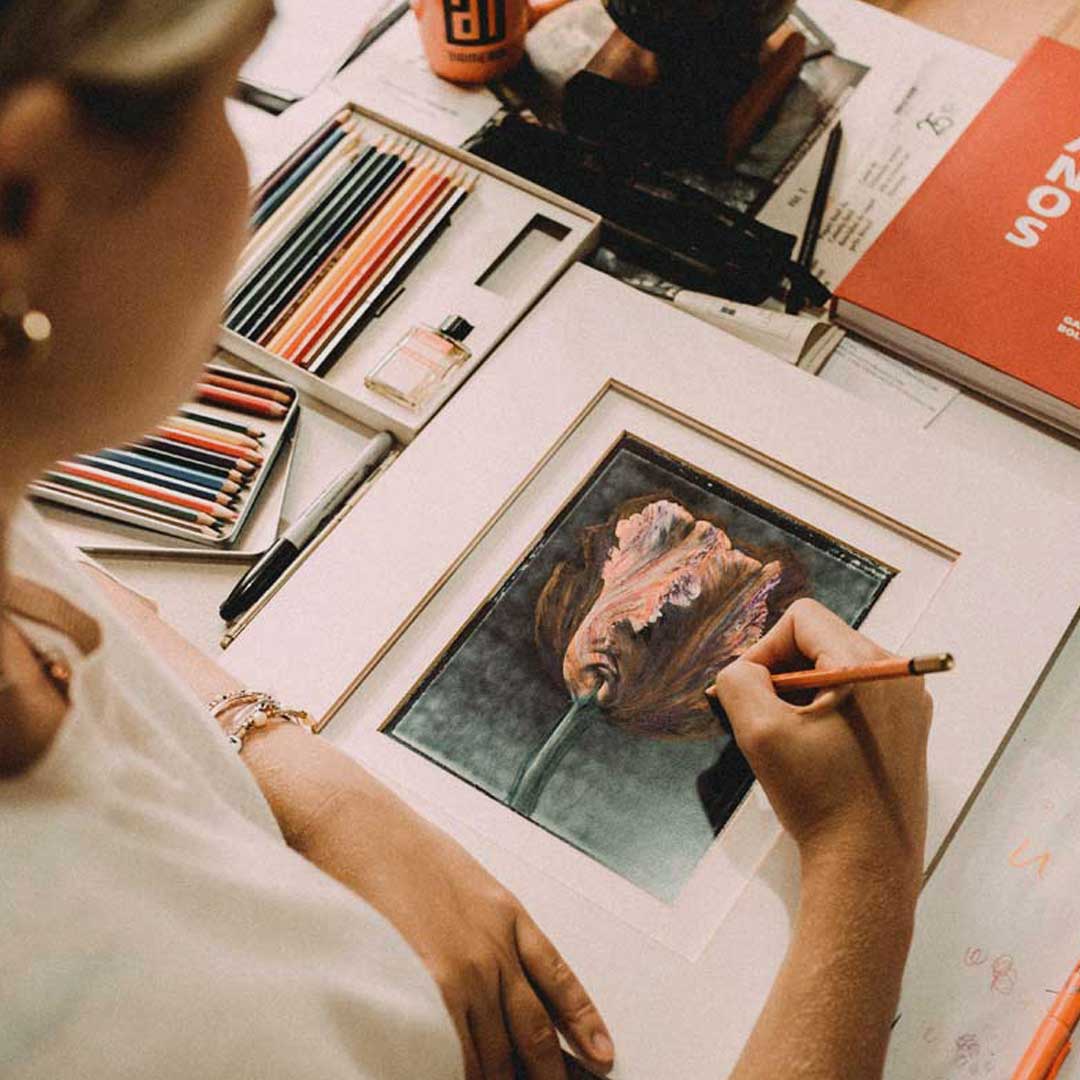
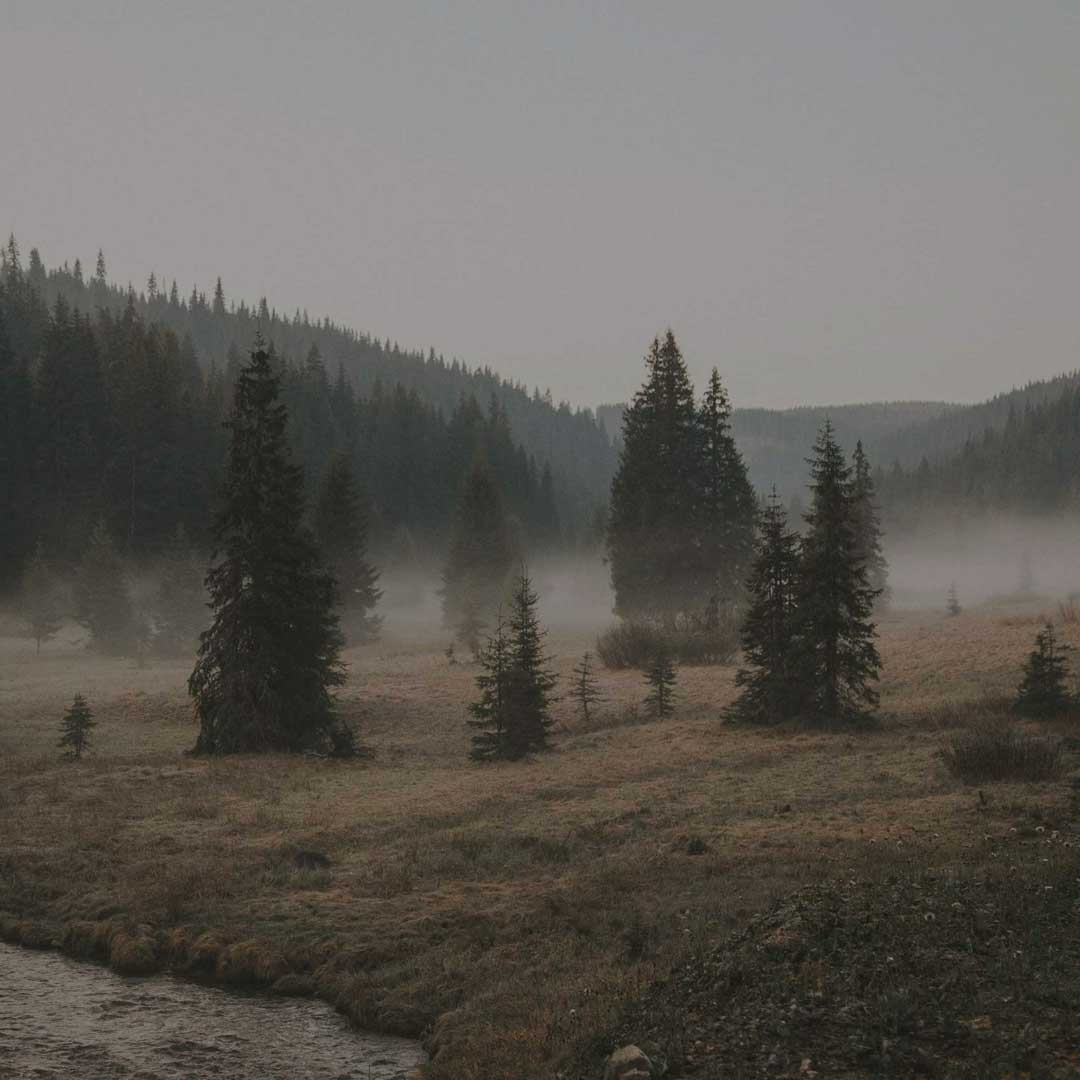
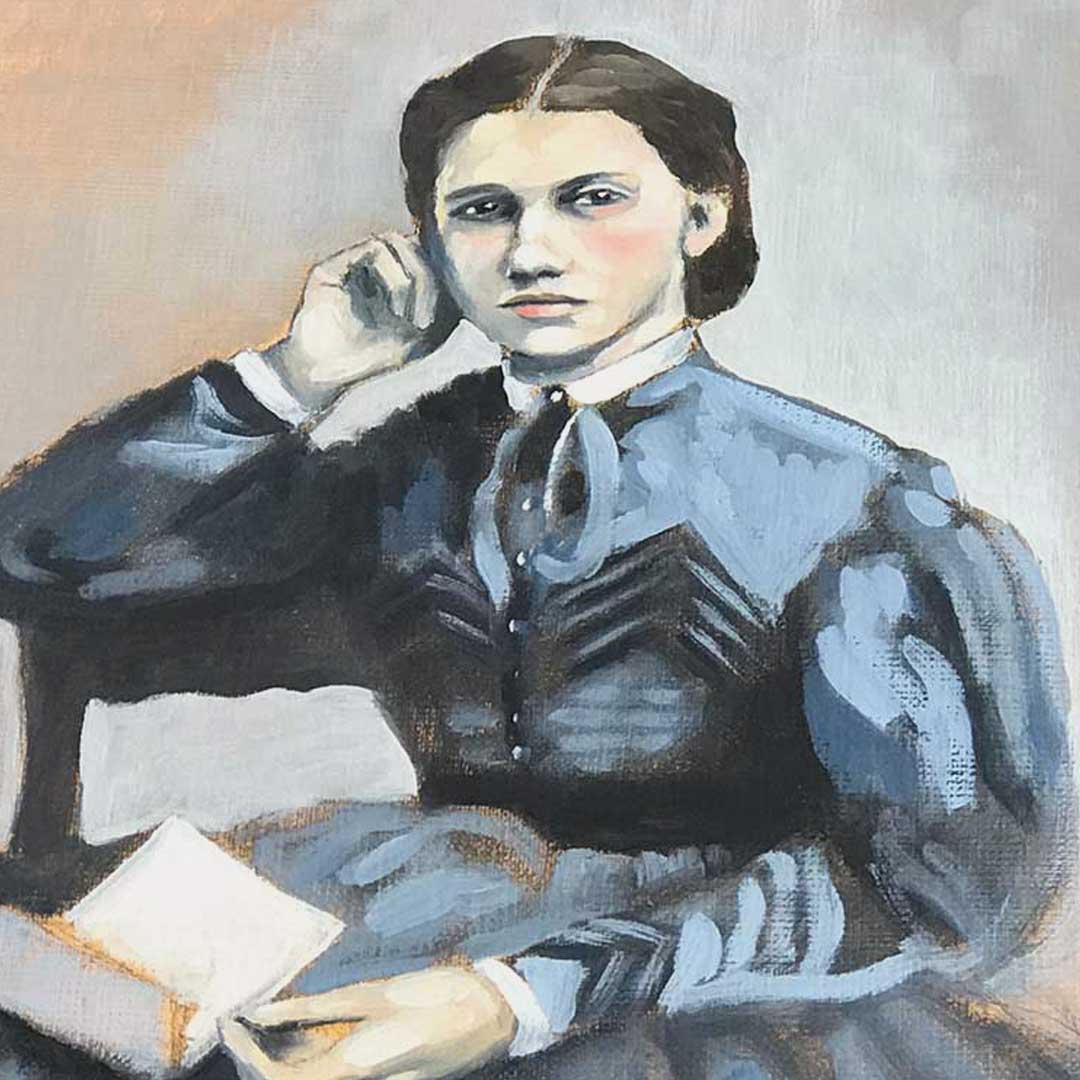
MONTHLY THEME
Navigating the Beginner’s Path
Let me make something crystal clear. Learning to draw, paint, sculpt and ultimately SEE as an Artist is no easy task. As you well know, it takes dedication, hard work and hours of practice. We artists are no stranger to disappointment, frustration and failure. However, when you love creating Art, when you really, really love it, all of that difficulty is worth it. The breakthroughs, the improvement, the achievement, the capturing of beauty by brush or pencil – these moments of joy outweigh the toil.
The problem is, many stop before they get to experience this. Many beginners pick up a brush, take a class and expect to get it right the very first time. Many feel too foolish, too vulnerable, too clumsy and cannot tolerate the discomfort of being a beginner. And my friends, I have been there too. I have walked into workshops where I thought my experience would carry me, that surely I would be able to quickly acquire this new skill or technique. When I discovered this was not the case, when I looked at the mess on my canvas I wanted to shrink and run from the room, humiliated.
It is in these moments that we have a choice. We can choose to escape the feeling and never try again OR we can admit to ourselves that we are in fact a beginner. In that moment, we are learning something new and instead of focusing on the process being learned, our egos want to steam ahead towards the product. We wanted to bypass the unknowing part and jump to the outcome. In this state, it is impossible to learn. When we think we already know, we are not open to the beginner’s path. When we assume how the process will be, we do not experience it. When we foresee what we want the outcome to be, we surely sabotage it.
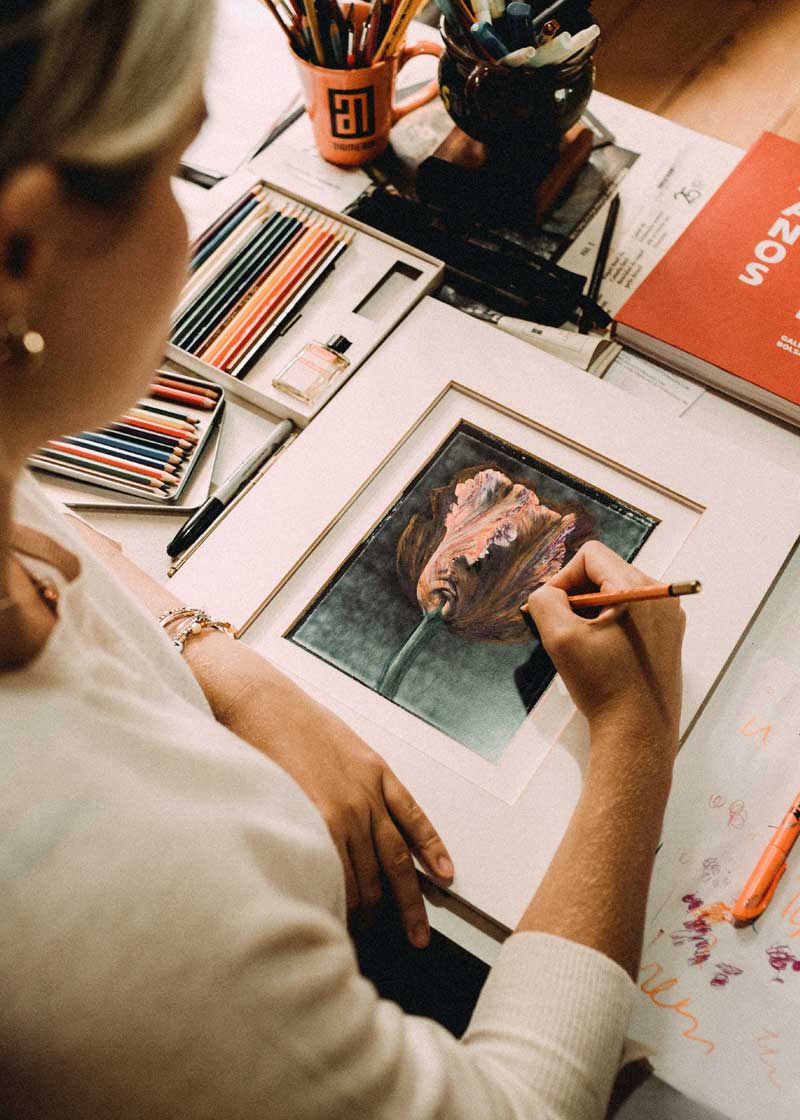
In this closed state, we do not allow for mistakes, for observation, for learning. This is when we can be sure we are being guided by our egos and not our inner artist. The truest part of ourselves is always open to learning and expansion. The truest part of ourselves is unwavered by praise or criticism because these things are external and subjective. In contrast, the ego craves approval, desispes feeling vulnerable or out of control and only wants to be seen as superior.
“The beginner’s humility and openness lead to exploration. Exploration leads to accomplishment. All of it begins at the beginning, with the first small and scary step. ”
– Julia Cameron
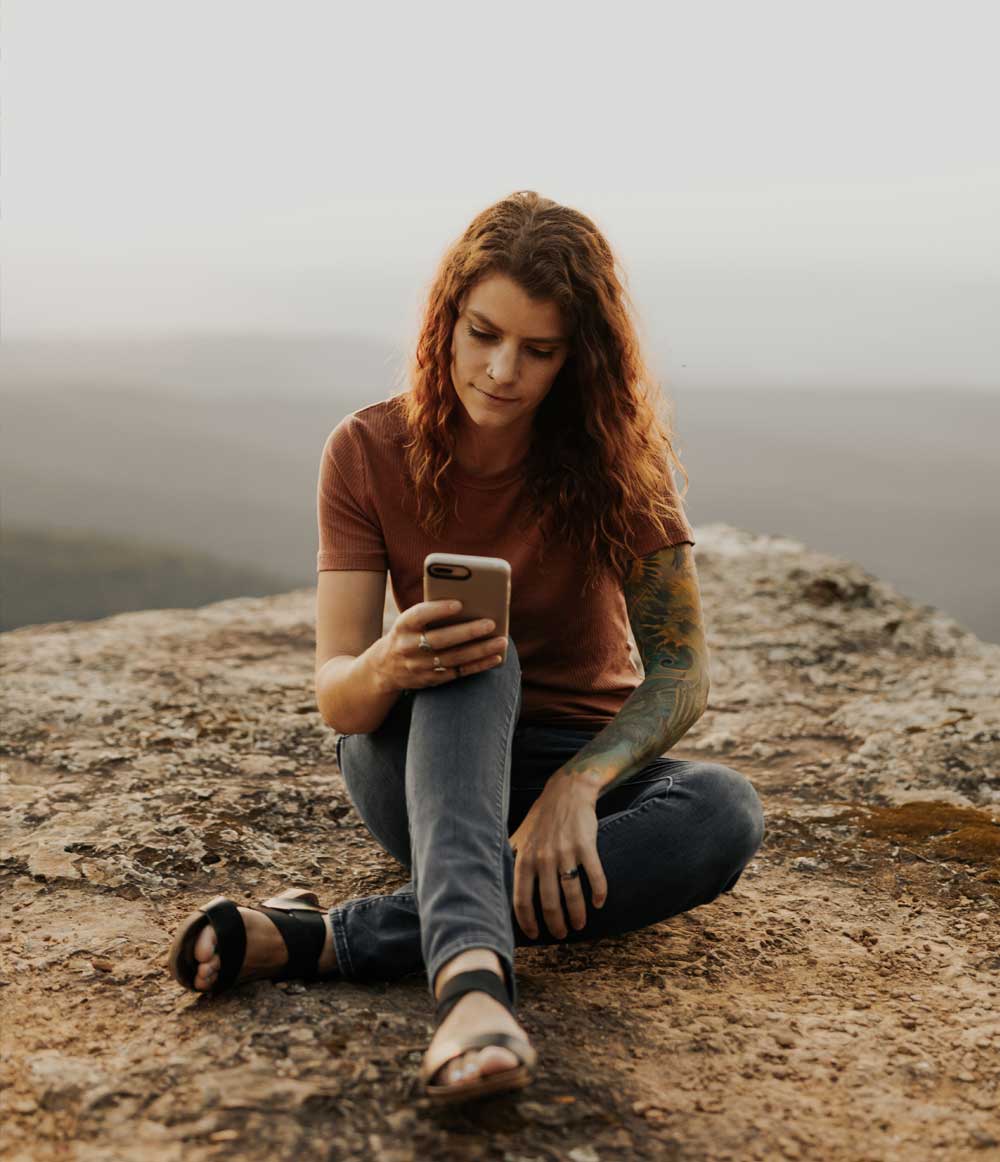
Social Media and its influence on the Beginner’s Path
Unfortunately, with the reign of social media, this has only exacerbated the Ego’s influence over our artistic journey. With a focus on outcome and only sharing the successes and not the failures, social media entices us to posture our process, so that it may appear refined, beautiful and without flaw. I have deleted my own art posts that didn’t get “enough” likes, for fear that what I created wasn’t good enough. I have done so with a feeling of shame. I choose not to share the bad sketches or the ruined paintings. So please know, I am not above the trappings of social media.
However, I have the fortitude of an artist who has worked at my craft for decades. So while, I may get tripped up, I recover and go back to creating. Imagine the devastation when a new student of art shares their work in this arena. I know exactly the pain and confusion it can cause because many in our community have reached out to me for consultation. The queries are always the same – “Why did no one like their work? Why can’t they make art as good as this other person? Why should they bother if they aren’t feeling seen or validated? Maybe they should just give up now?”
If this is the effect of sharing the beginner’s journey publicly, then what of it? Is it worth it? Is social media a safe place to share new attempts of what you are learning? Only you can answer what is right for you but be aware of these simple facts –
- Social media is created to engage the ego. It is designed to initiate experiences (most of which are not genuine) of connection, intimacy and social approval while simultaneously having the potential to create isolation, shame and comparison.
- The algorithm is designed to keep you engaged and coming back for more. It cares little for the kind of engagement you experience – positive or negative. When you do feel approval via social media your brain will produce dopamine – a chemical that makes us feel happy. (You can read more about this fact here – https://sitn.hms.harvard.edu/flash/2018/dopamine-smartphones-battle-time/ )
- Social media has given the ego a metric by which to measure itself and others by. If an artist has more followers – then they must be more successful, more important. If someone has little following they must be insignificant. The same is true for “likes” – if a piece of artwork gets many likes it must be approved of, if it gets few likes, it must be unsuccessful. It is this kind of simplistic duality that is undermining our ability to make our own judgments based on experience or intuition. We label ourselves and others with this metric – important, not important, popular, unpopular, successful, unsuccessful, bad, good. So as a beginner you already feel insignificant, you already feel unworthy, you want to be seen (like any human being) but you are not sure you are good enough. You decide to share anyway…then when your post gets only a few likes or a few comments or nothing at all – your ego tells you you shouldn’t bother. No one liked what you did, so what’s the point?
- Social media has put ALL importance on the external rather than the internal. Exterior over interior. Product over process. Perfection over mess. This derails the beginner’s path and stifles the ability to embrace the experience of learning.
- You do not actually know most of the people who you are engaging with on a personal, intimate level. While you may connect with some incredible people and make online or even real-life connections, you must always remain vigilant that people are not always what they appear to be on social media.
- Social media is NOT a safe place to share your creations if you are feeling very vulnerable about what you have created. It is not the best-suited place to share when you are in the tenuous state of learning something new. Especially, if you have had your creativity diminished in your past, like so many have.
- Social media is the ultimate distraction when you are attempting to focus on learning a new process. If you do not learn to limit it, it will interrupt you constantly.
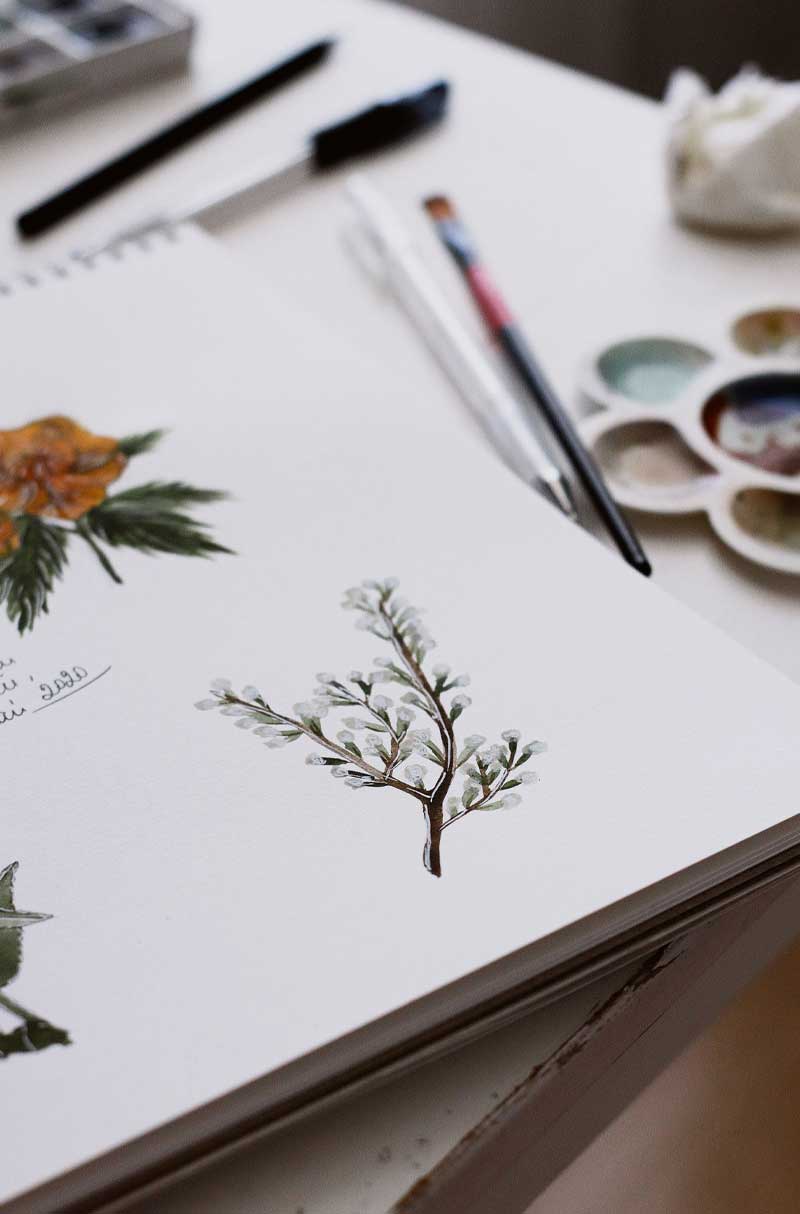
I’m not saying that all social media is bad, on the contrary, I enjoy connecting with my students and fellow art friends but I have had to limit my own interactions with it due to its effect on my own creativity. I encourage you to really examine your relationship with it, especially in how it affects your creativity and sense of worth. Also, examine how it interferes with your focus and daily life. Is it taking more than it is giving?
“When I started out, there were a lot of things I knew I couldn’t do, and a lot of things I only found out I couldn’t do by going and doing it. And no-one was watching, and nobody cared.”
– Neil Gaiman
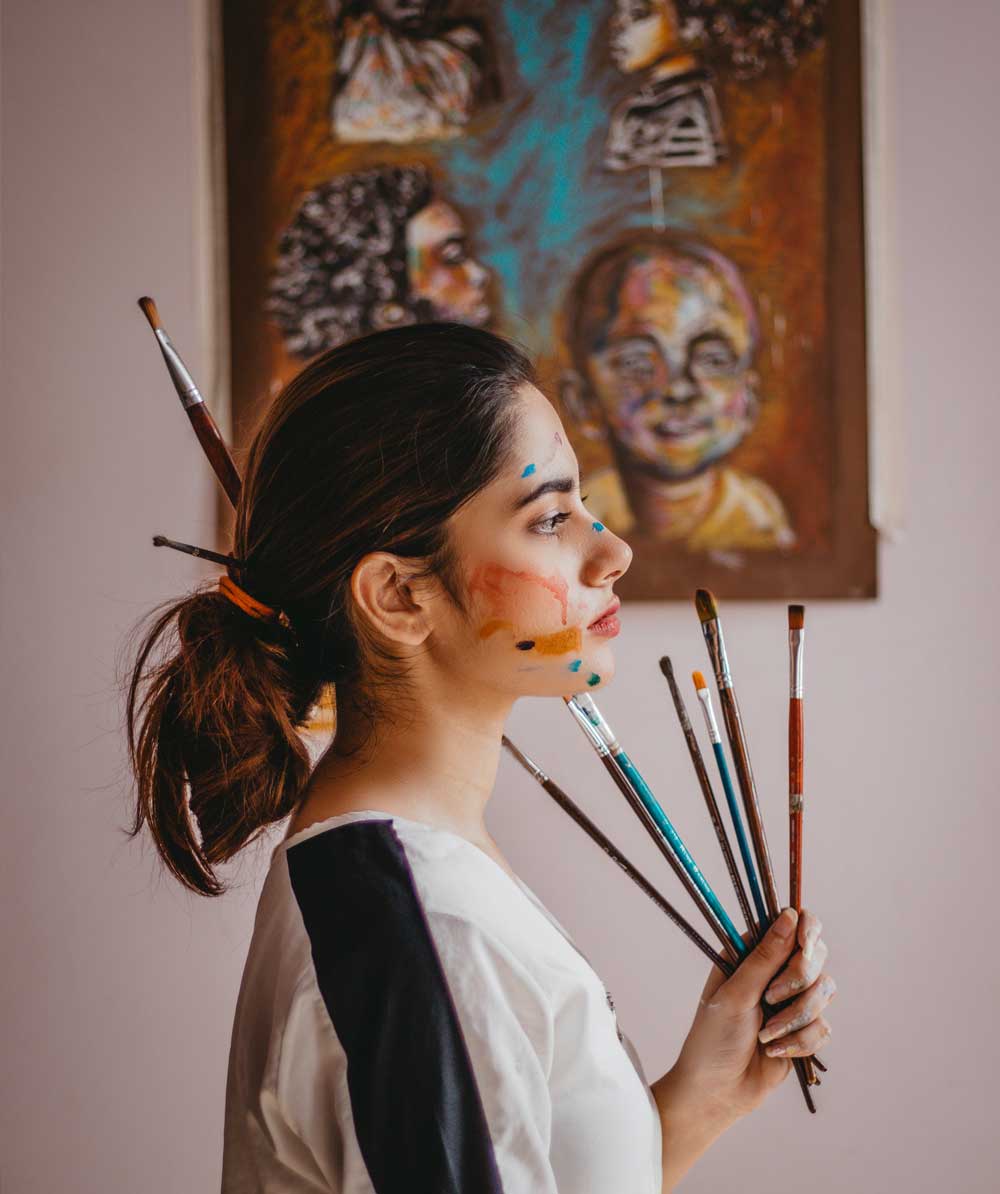
Setting a positive beginners mindset
- Put the focus on your internal experience and document your feelings as you go. Journal about your failures, mistakes and disappointment but also record your triumphs and breakthroughs! All of it is important.
- Don’t share your work publicly immediately after creating it. (I’ve made this mistake over and over!) When we share our art on social media we hand it over to a mob of (mostly) strangers who know little about who you really are and what you are trying to achieve. Immediately, the work is on the chopping block and may get approved of or NOT. This diminishes YOUR experience of creating it. If it is “approved of”, you will experience a rush of pride and happiness (dopamine) and it may inspire you to create a new piece of work to share again BUT it may NOT be “approved of” and instead, create feelings of shame or embarrassment. You will deem it unworthy and may delete the post altogether. Instead hold on to your work for a time, it might be a week or a month but let it just be for you (or maybe just a few trusted creative friends). Reflect on it privately, put it aside and keep going. You can always share it later when you feel less attached.
- Set REALISTIC expectations for yourself. For heaven’s sake, if you have never painted before, do NOT expect yourself to get it right the first time (or the 100th time!) Expect that you will feel uncomfortable, clumsy and often make a mess. Your paintings and drawings will NOT match the vision you see in your head because you are still building your skills. This takes time, patience, determination and consistent practice. Making art is NOT like following a map or assembling a piece of furniture. You can follow all the directions and still wind up with a disaster because you simply don’t have the experience to execute the process yet. This is to be expected! Would you expect to watch a foreign film and then be fluent in the language by the time the credits roll? Of course not.
- Limit your social media. Sure there are tons of inspiring artists sharing on Instagram but you will inevitably compare yourself. Being inspired by others is wonderful but I encourage you instead to be inspired by art history and all it’s amazing masters! Do this instead of scrolling endlessly through social media. Dive into a book about your favorite artists and read about his/her life and process. Read about how diligently they worked at their art. We don’t often witness this on social media, rather pretty, staged snapshots of the creative process. Seeing too much art online can also confuse and distract us from finding our own true expression in art.
- Be consistent. There is no shortcut to achieving mastery. It is simply hard work, dedication and consistency. If you want to get better – commit to the work. Plain and simple.
- Limit your materials. When I find myself feeling a bit overwhelmed by all the choices in medium, color and subject matter, I often go back to the basics. Working in monochrome with simple materials. Sometimes a stick of charcoal or a simple graphite pencil is just the thing to set you working again.
- Share your work in trusted communities (like ours) or with close creative friends for support and constructive criticism. Don’t let just anyone into your process. Protect the inner artist by being selective with who you share your journey with.
- Remind yourself of your own WHY. Why do you want to create art? Why do you want to get better at it? What motivates you? Why is it important to you to make art? Understanding and being committed to our journey means knowing why we began it in the first place.
- Be kind to yourself. Watch how you speak to yourself when you are learning something new. Are the voices that admonish you really your own voice? No, that is not your inner artist speaking to you but rather your inner critic, whose voice has been shaped by mentors, parents and authority figures from your life’s experience. So be aware of the inner chatter and dialogue that takes place the minute you feel nervous, vulnerable or unsure. Don’t berate or be cruel to the voice, just acknowledge it and change the language. You may need to write a note to yourself and put it by your easel or in your sketchbook. It might say something like this – “It’s ok. You are learning something new. It’s ok to make mistakes. You are safe. Just keep going.”
- Stay humble. Stay open. As mentioned before, as soon as we assume we completely know the outcome of our creation, we sabotage the process. As soon as we believe we already know something, we close ourselves from expanding further. When a teacher points out a flaw in your work, you can be defensive or be open to hearing them out and improving. A true artist is a forever student of life and an eternal apprentice to the act of creating. If Michelangelo’s last words were – “Ancora Imparo.” (Translates to “I am still learning.”) – Then, surely we are doing the same.
“Art, because it’s so easy to do, and yet so difficult to do well, encourages humility in the human soul. ”
– Robert Genn
Navigating The Beginner's Path
Shoshin – The Beginner’s Mind
Have you ever heard of the Buddhist phrase, Shoshin? I hadn’t either but when I recently came across this word and discovered that it meant – the beginner’s mind – I had to do a little more research. How might we apply this Zen Buddhist idea into practice within our creative journey?
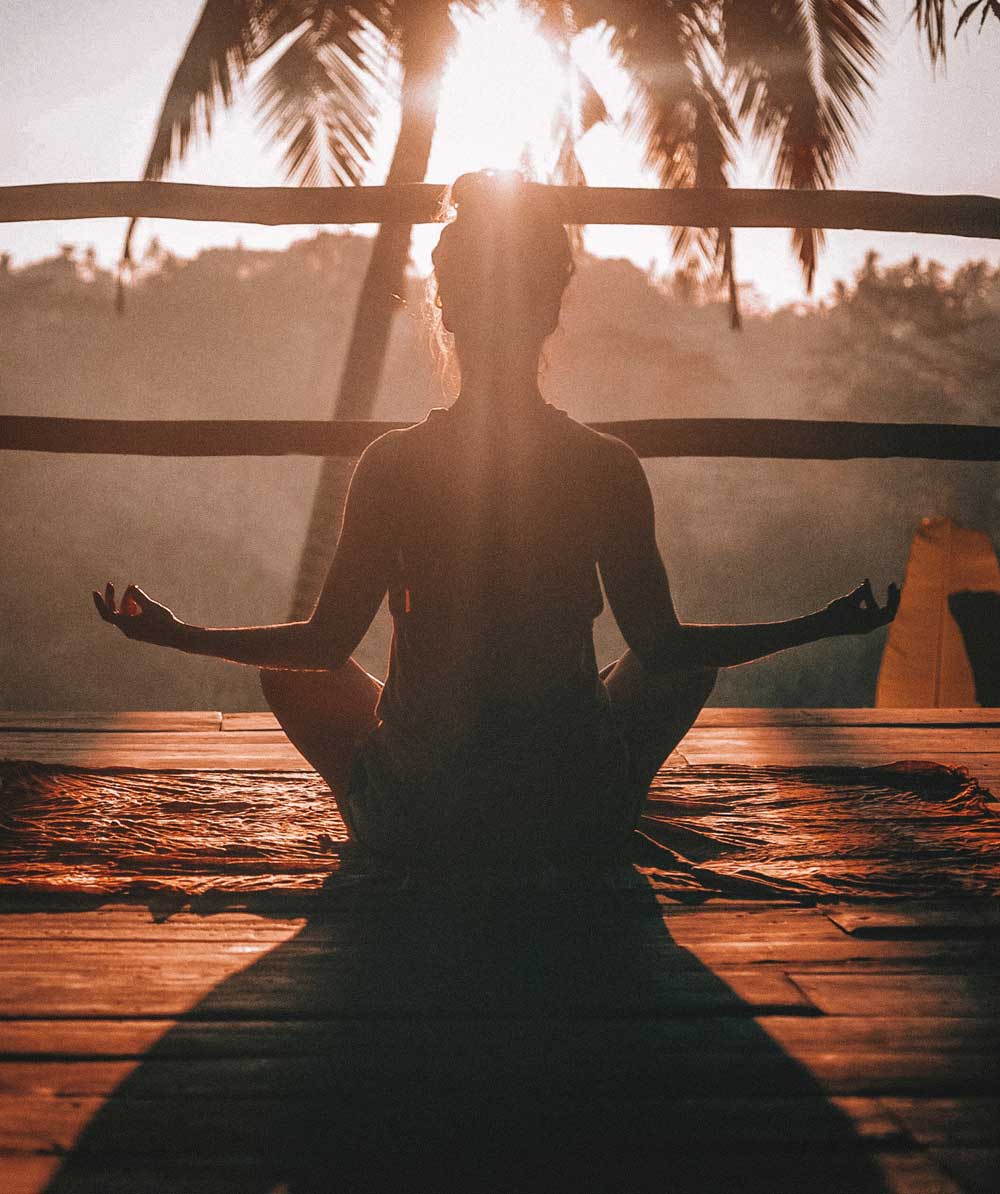
Well, firstly let’s define what Shoshin really is –
Shoshin is a word from Zen Buddhism meaning “beginner’s mind.” It refers to having an attitude of openness, eagerness, and lack of preconceptions when studying a subject, even when studying at an advanced level, just as a beginner would.
“In the beginner’s mind there are many possibilities, in the expert’s mind there are few.”
– Shunryu Suzuki, author of the book – “Zen Mind, Beginner’s Mind”
To truly embrace Shoshin we must begin to practice it. This means that whenever you experience something, you allow yourself to experience it without any pre-existing beliefs, past stories, or preconceptions coloring your experience. It means to appreciate the present moment and everything you are experiencing as if you are seeing it all for the first time.
For the artist, this means that each time we go to create something, we let go of any attachments to the future outcome and release any previous experiences or stories of what we have created in the past. We remain fixed in the present moment and experience each brush stroke or pencil mark as it occurs. Each movement flowing into the next. When we achieve a flow state of creating that is exactly what we are experiencing.
The same goes for when we are learning something new, whether it be a new technique or medium. If we can practice Shoshin while we learn we stay open and present to the learning experience. We don’t jump ahead and determine the answer, we don’t condemn ourselves for past mistakes.
We open ourselves to the Beginner’s mind with wonder, curiosity, and humility.
Ultimately, practicing Shoshin is akin to practicing mindfulness – something you may already be familiar with in your creative and spiritual practice. Just as you might sit in meditation and focus on your breathing, can you paint and focus on the feeling of the paint, the touch of the paper, the color on the page rather than judging, naming or analyzing the mark? This is wonder. This is Shoshin.
Can you then try a different color or a new brush and observe the effects while staying present? Can you experiment with the way you hold the brush or how much water you add? This is curiosity. This is Shoshin.
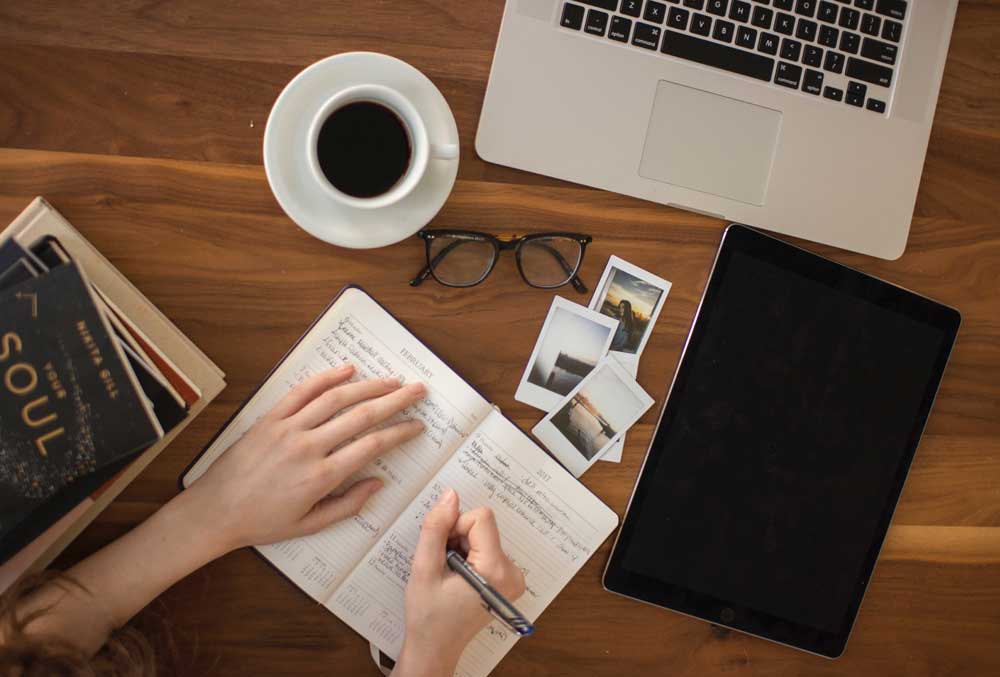
Ultimately, practicing Shoshin is akin to practicing mindfulness – something you may already be familiar with in your creative and spiritual practice. Just as you might sit in meditation and focus on your breathing, can you paint and focus on the feeling of the paint, the touch of the paper, the color on the page rather than judging, naming or analyzing the mark? This is wonder. This is Shoshin.
Can you then try a different color or a new brush and observe the effects while staying present? Can you experiment with the way you hold the brush or how much water you add? This is curiosity. This is Shoshin.
Now, can you be open to asking questions? Can you ask why do I like this mark? Why do I not enjoy this one? How can I do something different? What more can I learn? This is humility. This is Shoshin.
I believe that practicing in this way can help us align with the beginner’s mind and inevitably absorb more knowledge and allow for more ease in our creative journey.
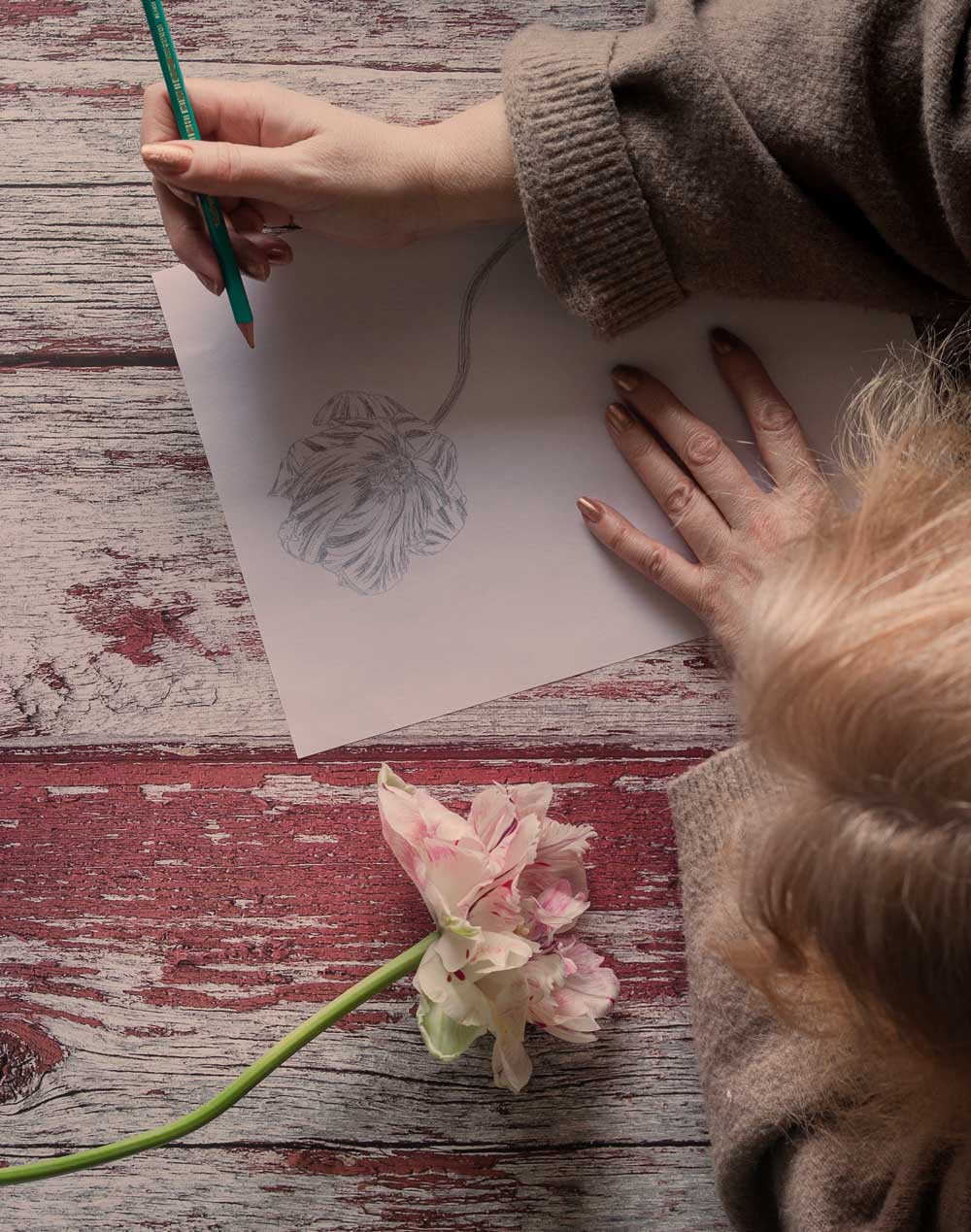
A few simple exercises to practice Shoshin –
First it would be wise to center yourself with some breathing exercises or a short meditation. Set your intention to practice Shoshin as a means to be more open to the creative learning process.
- Circle Painting. Use a large brush and single color. On a large piece of paper make circles slowly. You can vary the way you hold the brush, the pressure you use, the amount of water on the brush, the size of the circles. Observe how the paint applies to the surface, observe the color, observe the marks you enjoy and those you do not but do not label them as a good circle or a bad circle. They are just circles after all.
- Blind continuous line drawing. Grab a pencil and either set up a still life or draw from a photograph. Place your pencil on the paper and then trace the contours of the subject with your eyes, move the pencil (without looking) on the paper to follow. Don’t pick up the pencil and don’t look at the paper. Allow your lines to overlap. Place all your awareness on the subject and its outer edges. Breathe slowly and stay present. Do not concern yourself with the outcome. This is actually a great exercise for eye/hand coordination but it is also a practice in Shoshin. Do several of these.
- Non dominant hand drawing. I use this one a lot to start my own paintings. Use your non-dominant hand to sketch from a reference image. I like doing this best vertically so put your surface up on a wall or easel. When we use our non-dominant hand we lose control and quiet the critical mind. It will feel awkward, just like being a beginner, but embrace that feeling and keep moving. Be open to the interesting outcomes! I love doing this exercise when I’m feeling blocked.
Try these if they call to you and see what happens. I believe staying connected to the beginner’s mind practice is imperative to all artists no matter their experience.
“So many artists forget the beginner’s mind philosophy. This is all-important for artists as this allows ideas to percolate without judgment of what is right or wrong.”
– Gwen Fox
Shoshin - The Beginner's Mind
Journal Prompt & Card Spread
Let’s explore our connection to being a beginner. Knowing ourselves intimately is key to our spiritual and creative development so take a little time to do some journaling and/or a tarot or oracle card spread to reflect on this topic.
I’ve chosen 3 cards for this spread paired with 3 invitational questions to go within…
- How do I feel about being a beginner?
- What typically blocks me from learning something new?
- What is powerful about creating from the beginner’s mind?
Please feel free to print out this journal prompt & card spread and put it somewhere in your sketchbook or journal.
Creative Mythology
The Goddess Athena
As many of you know, I adore mythology and I often find inspiration in cultural stories about various gods and goddesses. So since we are exploring being a beginner and the importance of learning this month, I thought it might be interesting to learn more about the Greek goddess of wisdom – Athena.
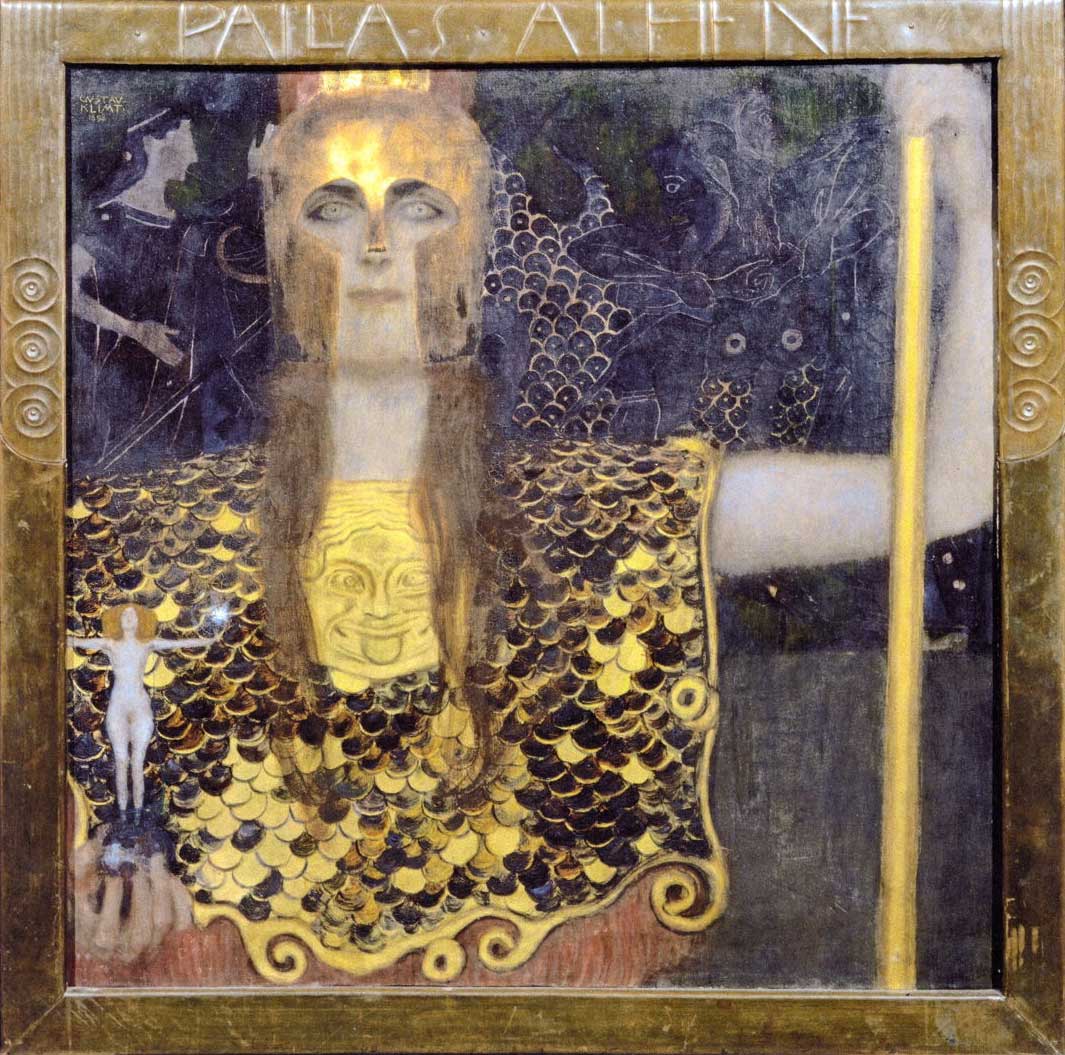
Gustav Klimt, Pallas Athena (1898)
Athena
In ancient Greek religion was the city protectress, goddess of war, handicraft, weaving and wisdom. She was the daughter of Zeus, produced without a mother, so that she emerged full-grown from his forehead. She was supposedly Zeus’ favorite child, which gave her great sway and power amongst the pantheon of Gods.
Athena appears in Homer’s Odyssey as the chosen deity of Odysseus, and myths from later sources portray her similarly as helper and guide to Perseus and Heracles (Hercules). As the guardian of the welfare of kings, Athena became the goddess of good counsel, of wise restraint and practical insight, as well as of war.
Athena is usually depicted as a majestic woman, with a beautiful, but stern face, grey or blue eyes and a graceful but strong build. She emanates power and authority. She is always regally clad in either a chiton (a traditional Greek tunic that fastens at the shoulder or in full armor. She is sometimes represented with a spindle.
The owl is considered Athena’s sacred animal, the source of her wisdom and judgment. It is telling, too, that the animal most associated with her has such exceptional night vision, symbolizing Athena’s ability to “see” when others cannot.
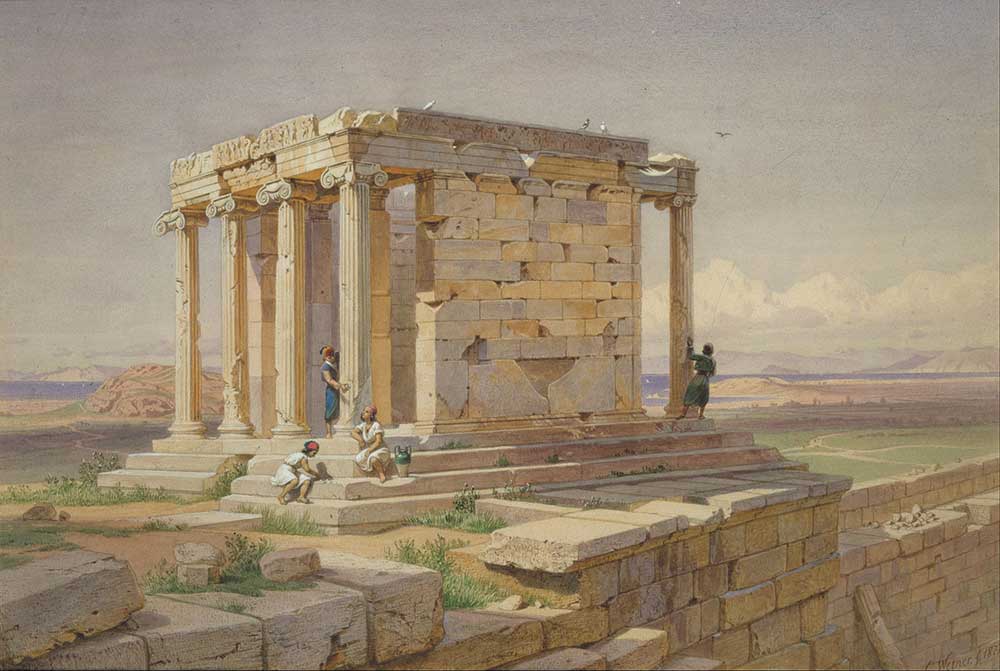
Painting of the Temple of Athena Nike, by Werner Carl-Friedrich, from 1877
Symbols of Athena
Animals – Owl (symbol of wisdom), snake (often connected to Medusa whom she changed into a snake headed monster after discovering her illicit affair with the sea god, Poseidon.)
Plants – Olive trees, Moria trees
Objects – the staff, her golden armor and the shield
Crystals – Azurite, Iolite, and Lapis Lazuli
Colors – Gold, white, red, deep blue, purple
Tarot card associated with – Justice
Creative Mythology - The Goddess Athena
Always a Beginner Artist PROMPT
- Grab a medium you are not that experienced with and play around with it. Observe how you enjoy using it. Experiment, play and explore with no expectations.
MAYBE NOT
by Danna Faulds
I love this poem by Danna Faulds because it truly expresses the journey of beginning and the feelings of being a beginner. A gentle push towards taking steps towards truth, light and learning. Enjoy…
Begin somewhere.
Take one deep breath
and dive.
Plunge into the core
of your most
persistent fear,
or your greatest joy.
Grow comfortable
with the act of
exploration.
Well, maybe not
comfortable,
but confident of
your ability to be
sure footed
on slick rocks,
steady while the
winds gust.
Well, maybe not
entirely confident,
but willing to set out
despite persistent
doubts, breathing
your way into
whatever you are facing.
Well, maybe not even
all that willing,
but you take it
anyway, that first step
into the unknown.
Courage is starting
where there is
no secure outcome,
no sure result.
The secret is you can
begin again at any time.
Take one deep breath,
and dive.
Check out some of Danna’s books below…
Maybe Not
WORD OF THE MONTH
Humility
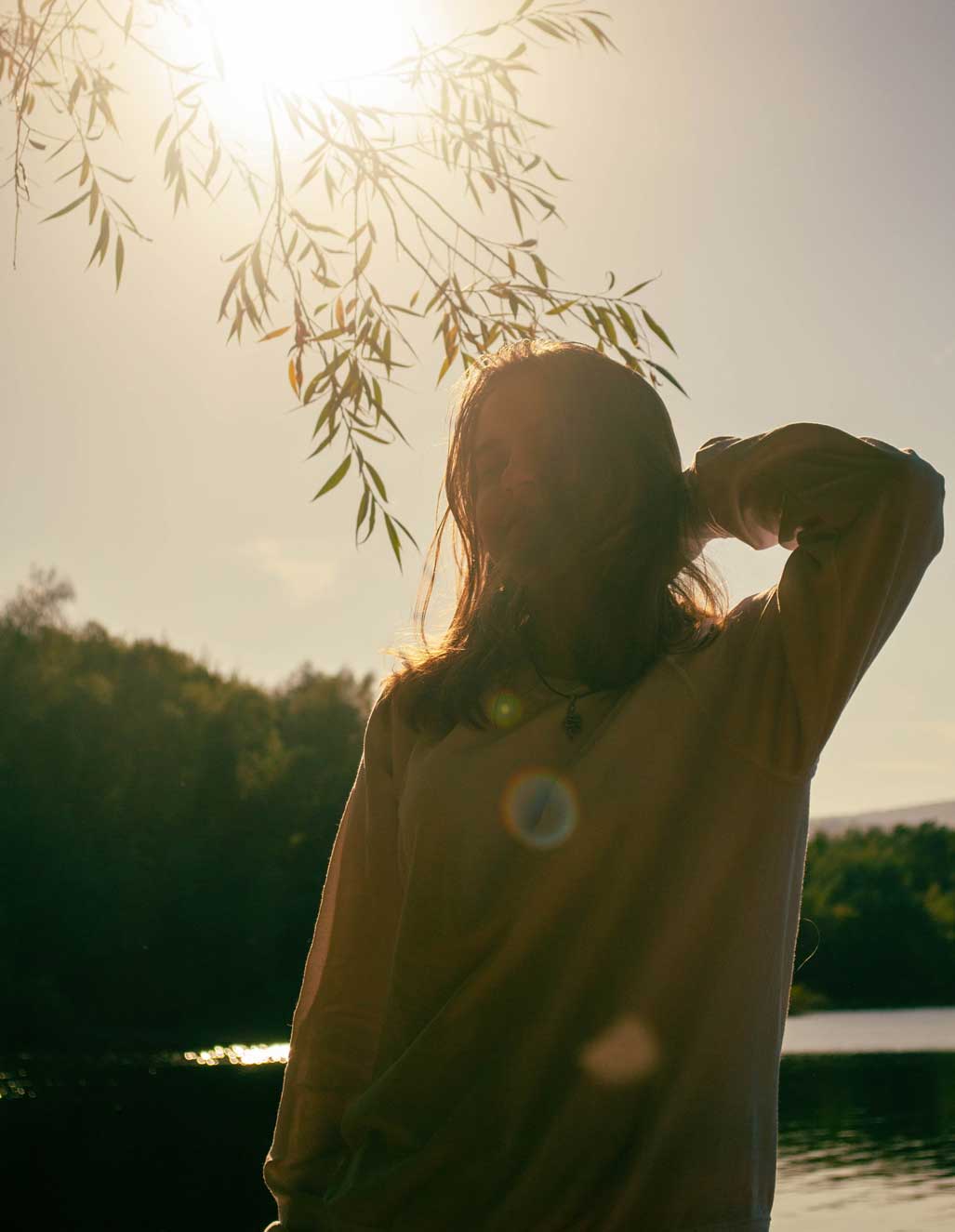
Humility – : freedom from pride or arrogance : the quality or state of being humble.
Embracing our humility is hugely vital when practicing the beginner’s mind as an artist. If we begin our journey or experience feeling we already know the outcome, or that we are somehow superior to the experience this could be labeled pride or arrogance but I think if we dig a little deeper this is often the ego’s way of protecting itself. These feelings often arise when we are actually fearful of making a mistake or looking foolish. The ego counterweights it by posturing, puffing up or acting above the situation.
Humility asks us to stay present in the moment and be open to the experience. Humility asks us to put ego aside and instead stand in our true self and know that we are enough no matter the outcome. It is from this place that we can truly learn and grow and absorb what is being shown to us.
“To be part of the creation, I must act humbly.”
– Maureen O’Hara
Word of the Month - Humility
New Moon Meditation
WITH RACHEL HILLARY
I am sharing this beautiful New Moon Meditation from one of my favorite meditation masters – Rachel Hillary. This lines up perfectly if you are enjoying this journal in April 2022 since we have a New Moon in Aries on April 1st! However, the focus on the New Moon energy can be used anytime since its true purpose is to set your intentions. This can deeply support learning something new and practicing the Beginner’s Mind. So center yourself with this wonderful meditation anytime you are starting a new project or venturing down a new path!
Rachel will share a little about this experience –
This meditation is intended to tap into the energy of the new moon symbolically or literally, which means it can be used at any time of the month. As we are just working with energy. The energy of the new moon reminds me of the brink of dawn, when the light is just coming in, and so that is where this meditation takes place in our visualization. You may wish to write any intentions you have down beforehand, or afterwards, or not at all. This is a very free meditation, which will hopefully soothe you, refresh you, and give you a new spark of energy and spiritual insight. The accompanying music is so beautiful, and is by the amazing Blue Dot Sessions.
Lots of love,
Rachel

“The beautiful thing about learning is nobody can take it away from you.”
– B.B. King
New Moon Meditation
You can download more meditations and connect with Rachel here…
Monthly Affirmation
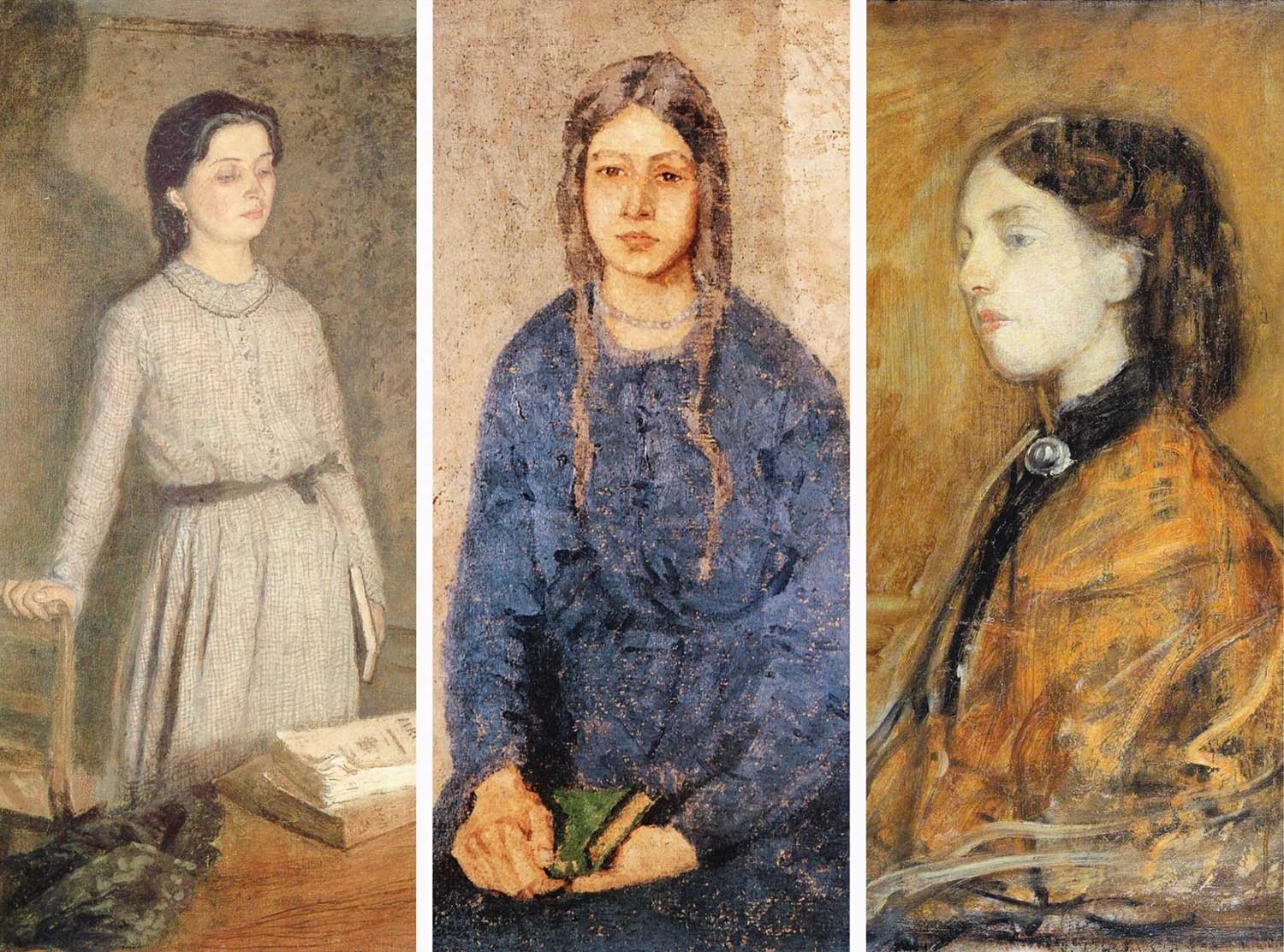
Color Palette of the Month
This month, I couldn’t help but be inspired by our master artist, Gwen John. She uses such earthy, warm, soothing colors that work beautifully together. I always feel that colors aligned with the earth are humble, yet powerful. They keep us grounded and focused on our path. They do not scream for attention or distract but rather harmonize upon the paper or canvas with relative ease. So we will be using shades of burnt sienna, payne’s gray, umber, yellow ochre, grays and a touch of red oxide.
As always, work with colors that call to you and never doubt your creative intuition. Your colors may look entirely different and that’s ok.

“I’ve come to realize that where harmony is concerned, more can be achieved with less color.”
– Scott L. Christensen
Color Palette
Master Artist Guide
Gwen John
This month, I’m so very excited to bring you the work and story of Gwen John. I discovered this artist a few years ago when I did an in depth study of her for another collaborative class. I found her quiet, pensive and soothing portraits and figuratives very appealing. There is nothing braggadocious about her work, rather it exudes a soft feminine energy hinting at stories of a received letter or a day spent in solitude reading. There is a subtle quality that is both humble and practical.
So join me and let’s learn more about this amazing master artist…
Here’s a Pinterest board full of work from Gwen John –
More Videos To Watch
“I cannot imagine why my vision will have some value in the world… and yet I know it will… I think I will count because I am patient and contemplative to some degree.”
– Gwen John
Master Artist Guide
Sketchbook Explorations
EXPLORATION 1
Inspired by Gwen John
Create a painting with me in our monthly lesson where I show you my process of creating a portrait inspired by our Master Artist. I use oils for this piece but please feel free to use a medium you enjoy.
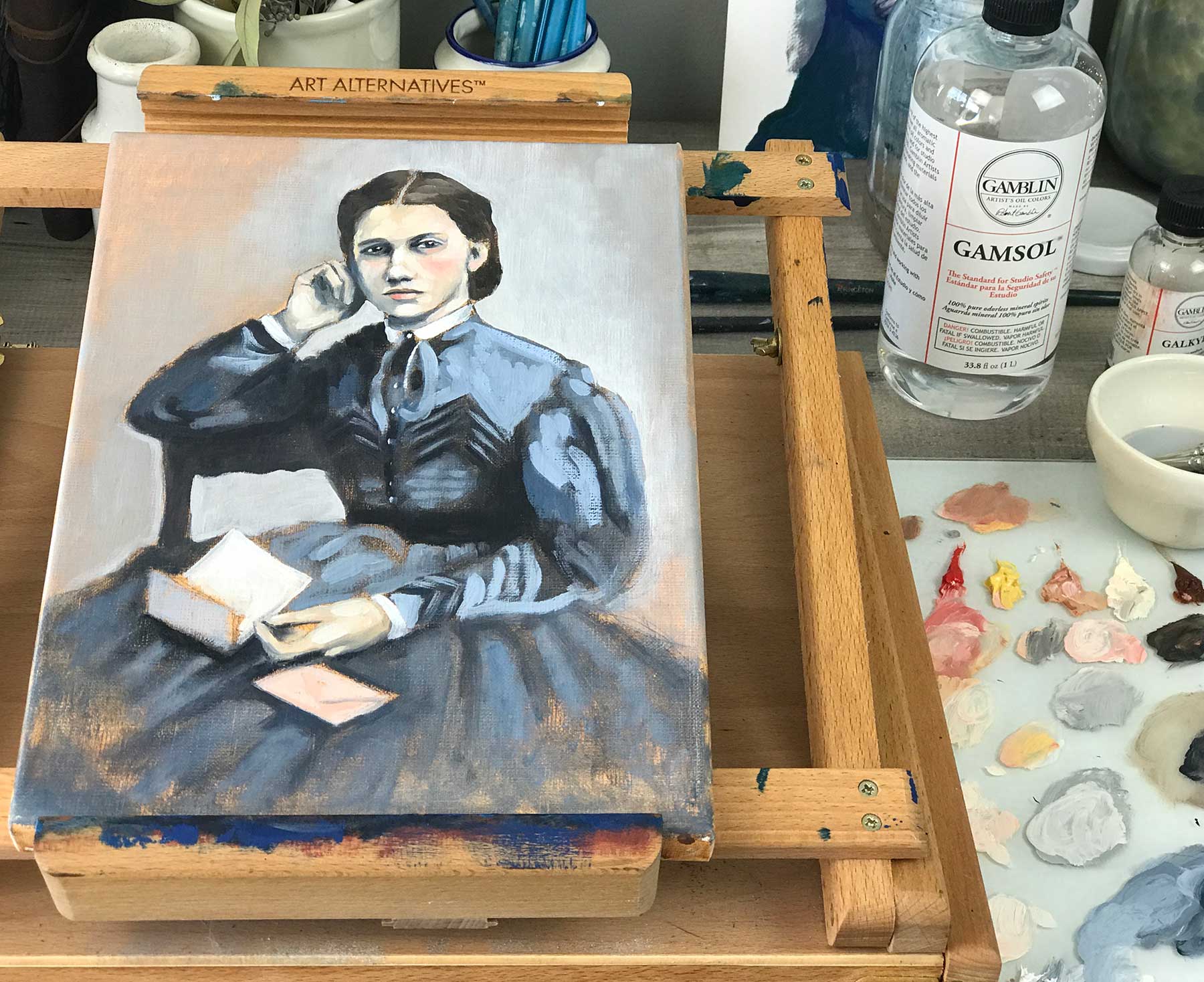
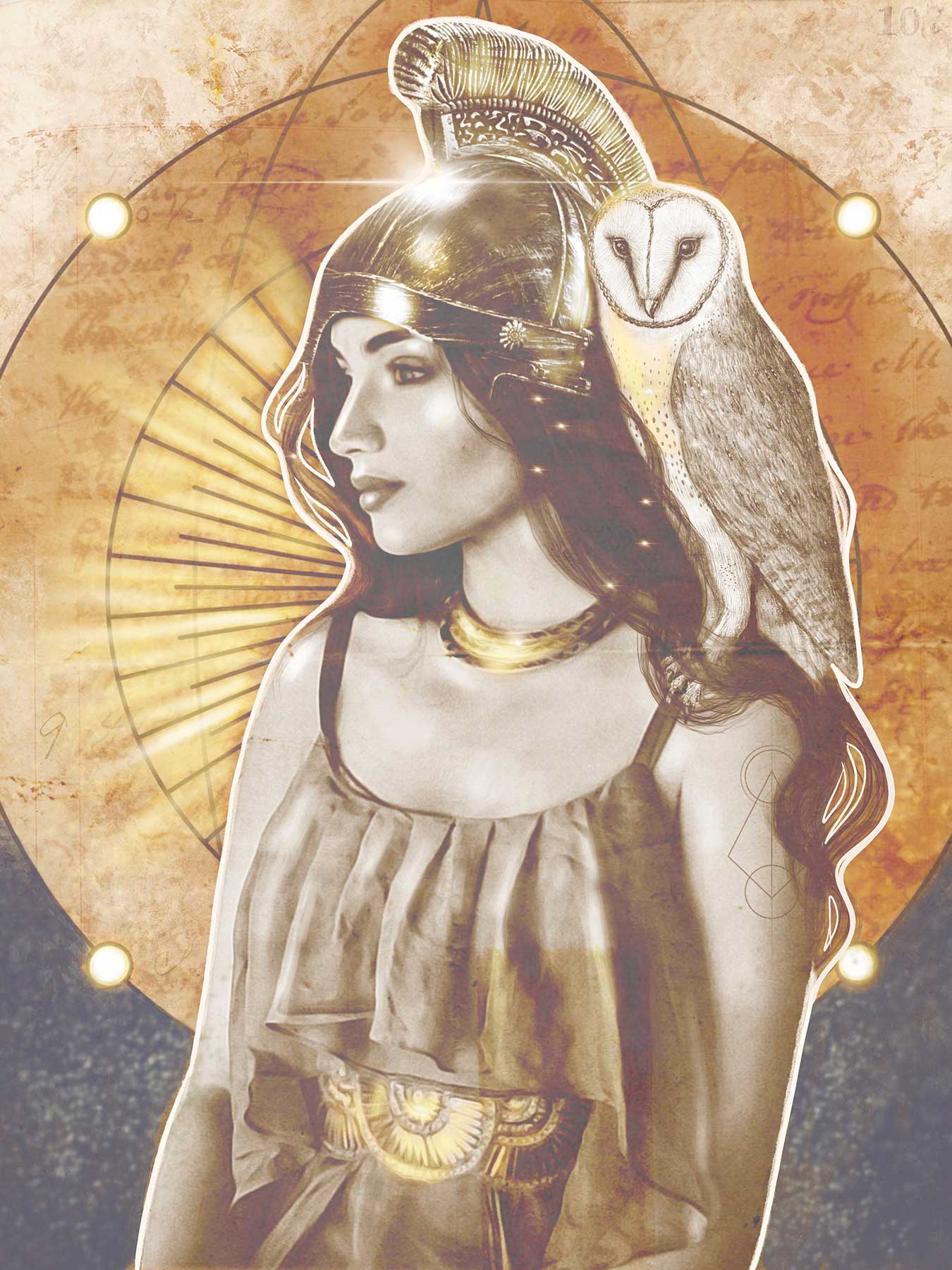
EXPLORATION 2
Athena
Using Athena create a page in your journal or a small piece inspired by the gaining wisdom and knowledge as you travel on your artist’s path.
Here is a Pinterest board I’ve curated to inspire you –
EXPLORATION 3
Sanguine Sketches
Have you ever seen the beautiful sketches done by the masters in a color called Sanguine? This gorgeous color is very similar to burnt sienna or russet and has such a wonderful earthiness. So why not practice our sketching in this gorgeous color or one similar. Don’t have a sanguine pencil? Try a dark brown, or a reddish chalk you can then add soft white highlights to really make the sketch spark! I used a toned paper sketchbook like this one and this pencil. I added highlights using a white charcoal pencil and my white posca pen.
I curated a Pinterest board of these beautiful sketches to inspire you –
“Don’t wait until you know who you are to get started.”
– Austin Kleon
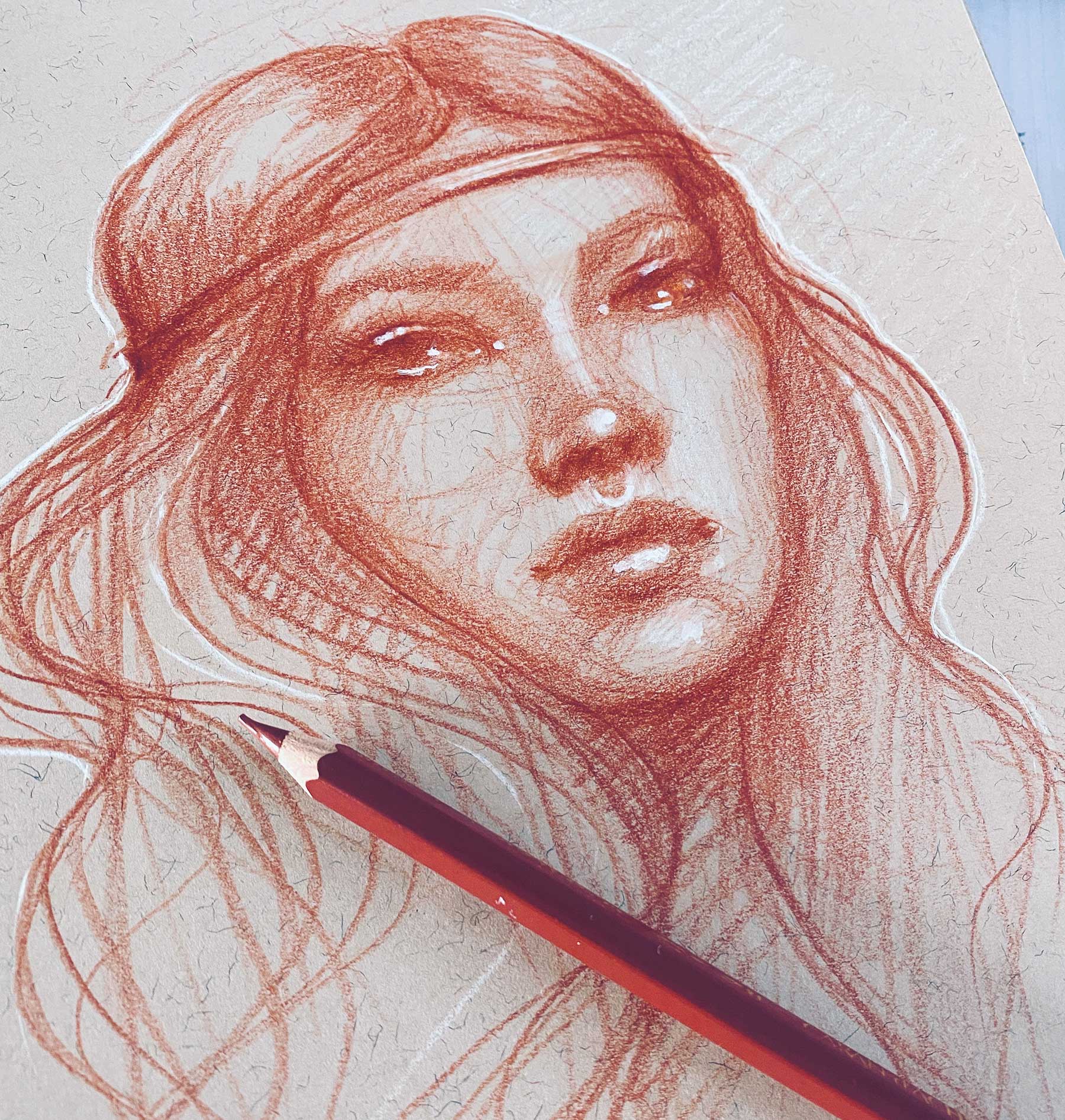
MONTHLY ART LESSON
with Ivy Newport
I’m excited to share this wonderful portrait lesson inspired by our Master Artist of the month, Gwen John. Settle in, grab a cup of something lovely and warm and let’s study with this fascinating artist. I use oils for this portrait but please feel free to use the mediums you enjoy the most!
“Start a painting with fresh ideas, and then let the painting replace your ideas with its ideas.”
– Darby Bannard
STUDIOWORKS
Submission Calls
If you’d like to be featured in an upcoming Studioworks Journal, we’d love to have you join our Creative Network! Our intention with Studioworks has always been to cultivate community involvement and collaboration. Featuring members from our creative community is such an honor and a beautiful way to share the light you all bring. Come join us!
STUDIOWORKS PODCAST
issue forty
You can also listen to this month’s issue of the Studioworks journal. I find I love listening to books, podcasts and music while I draw, paint or go on a long walk. Enjoy.
Studioworks : issue forty
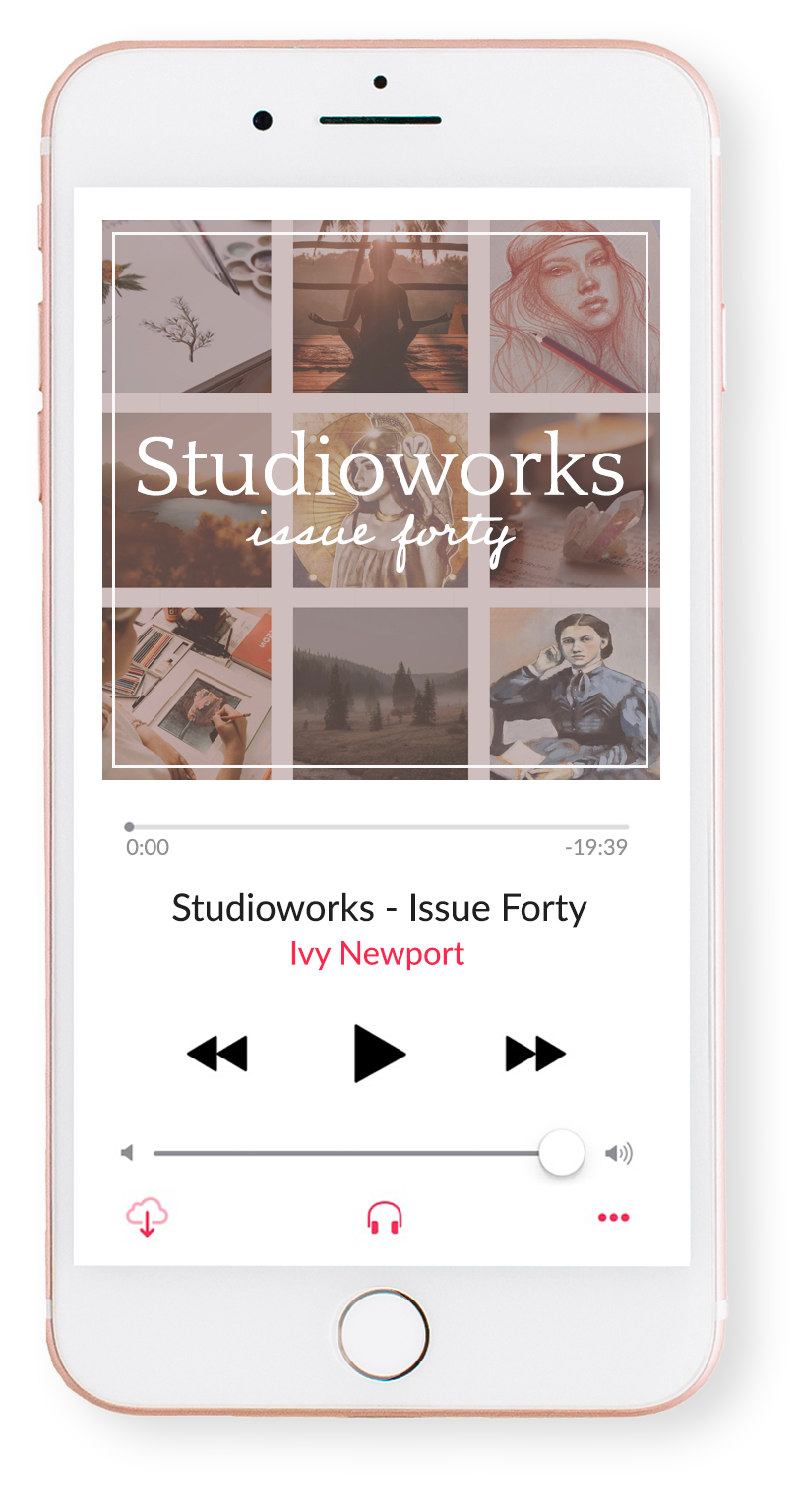
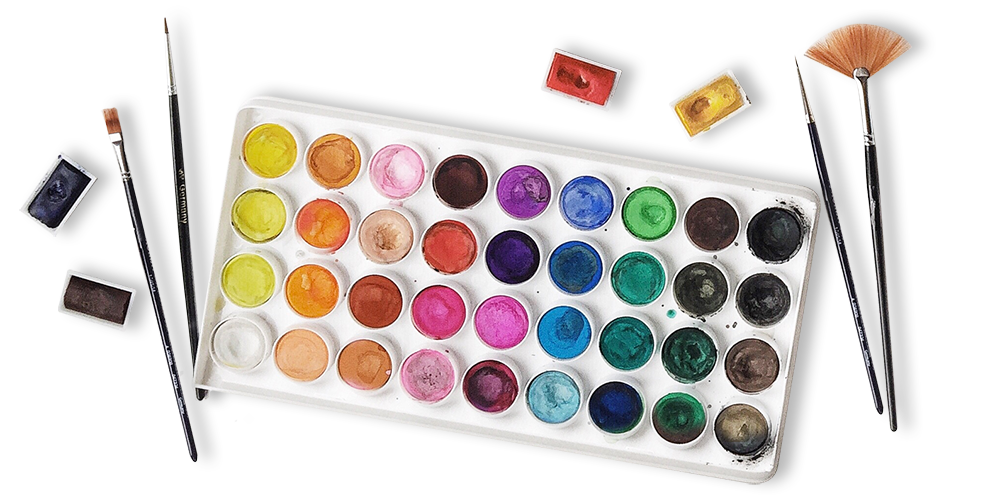
inspiration: curated
Books to Discover & Enjoy
MUSIC PLAYLIST
I had so much fun curating this list. I hope you enjoy!!
THINGS TO WATCH
PINTEREST BOARD
CLASSES TO TRY
Here are just a few of our fantastic classes! They feel in alignment with this month’s issue! I highly recommend checking them out if you haven’t already. Enjoy!

© 2019 IVYNEWPORT, LLC ALL RIGHTS RESERVED.

